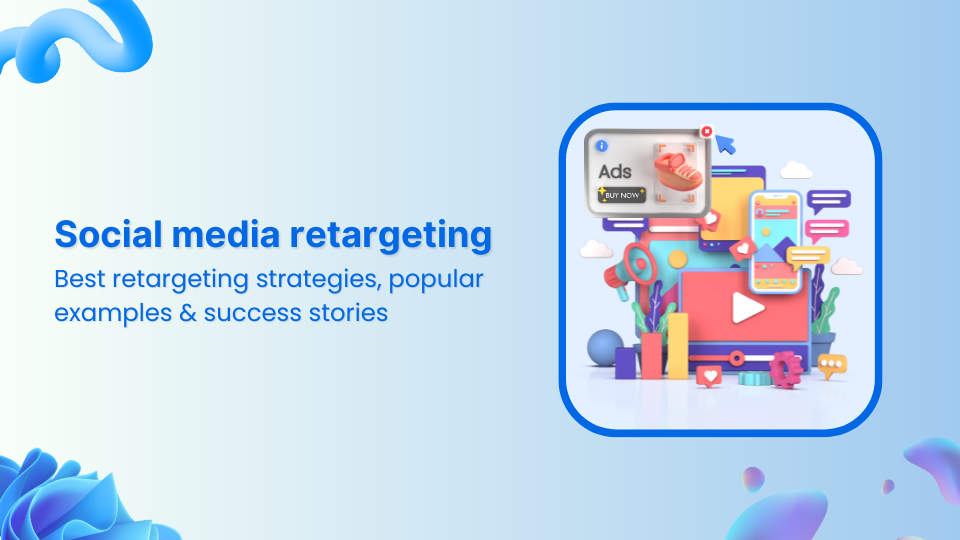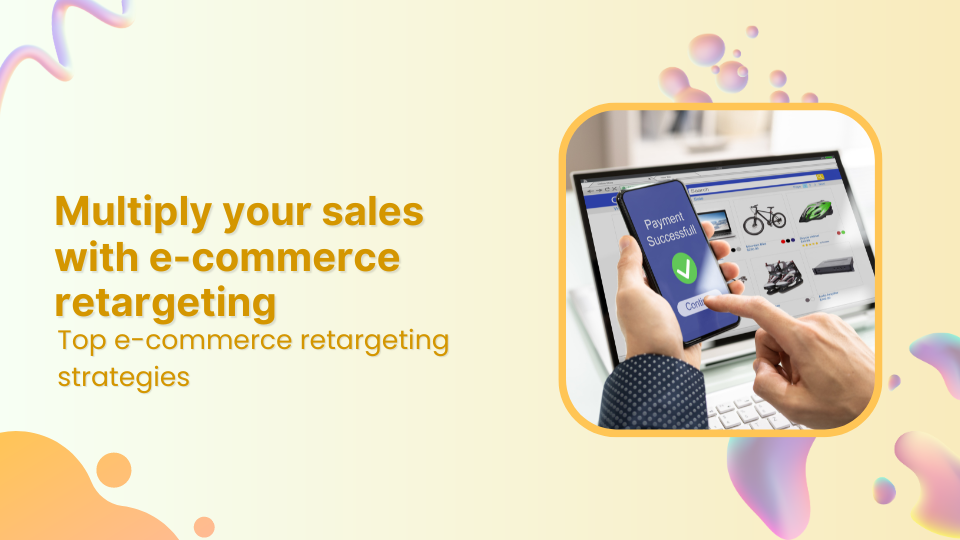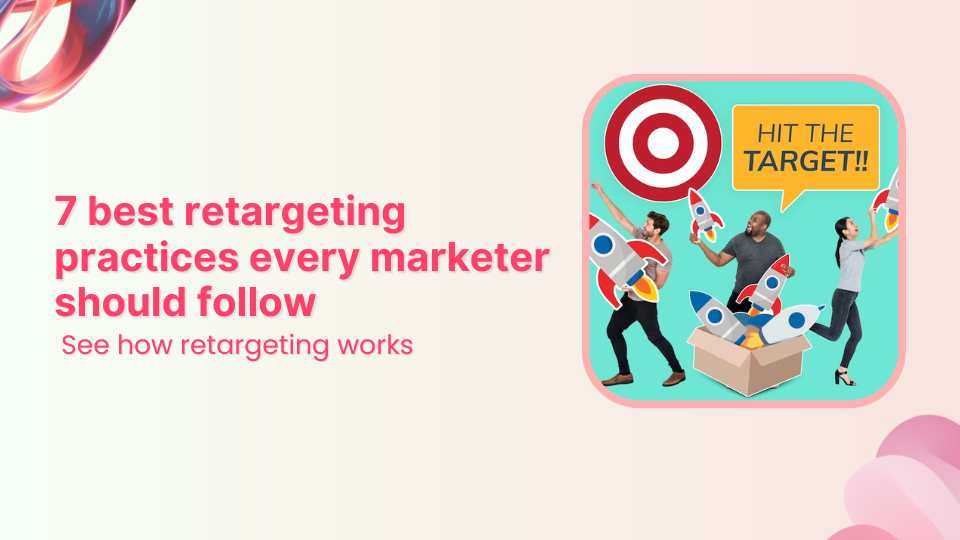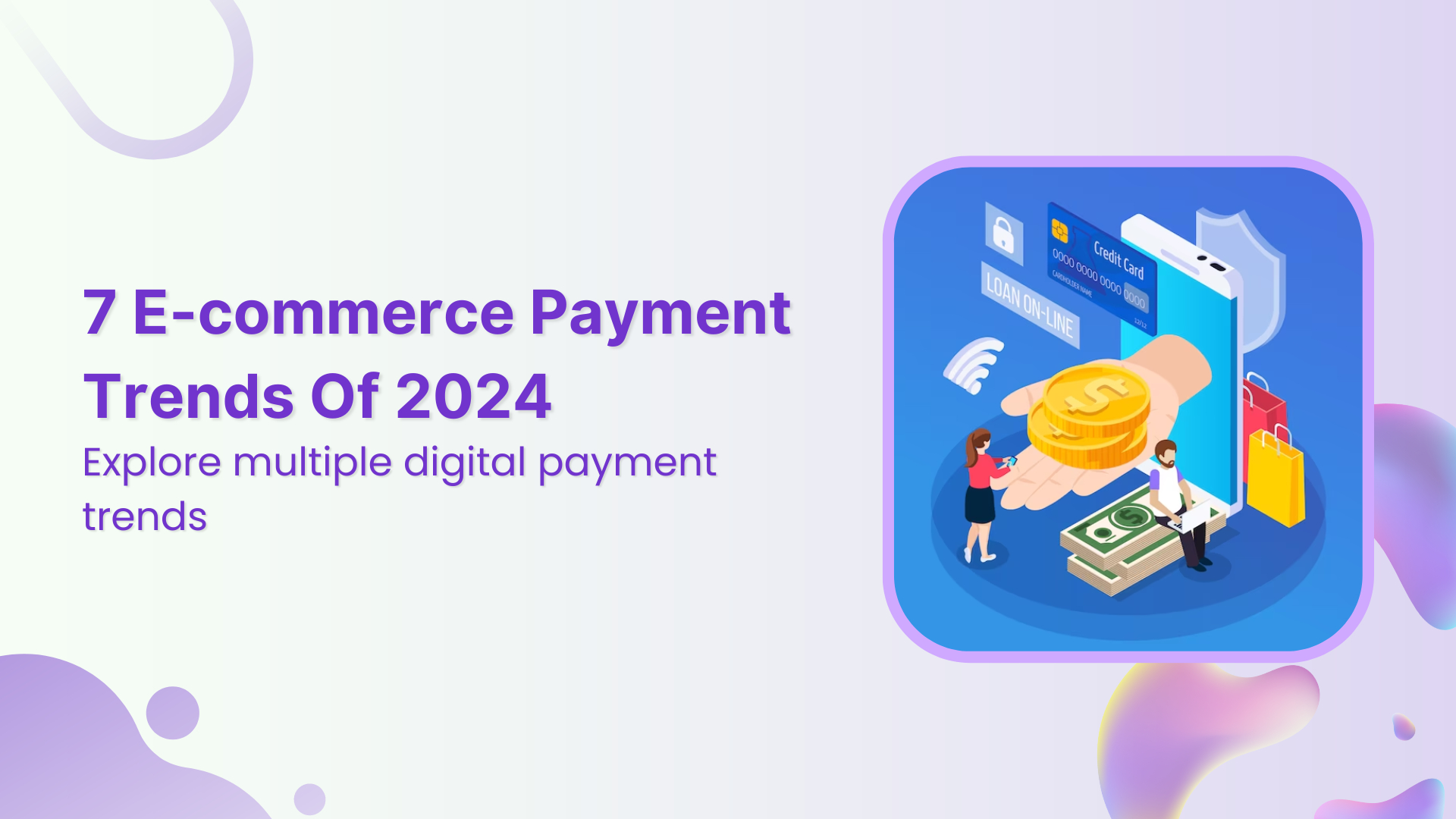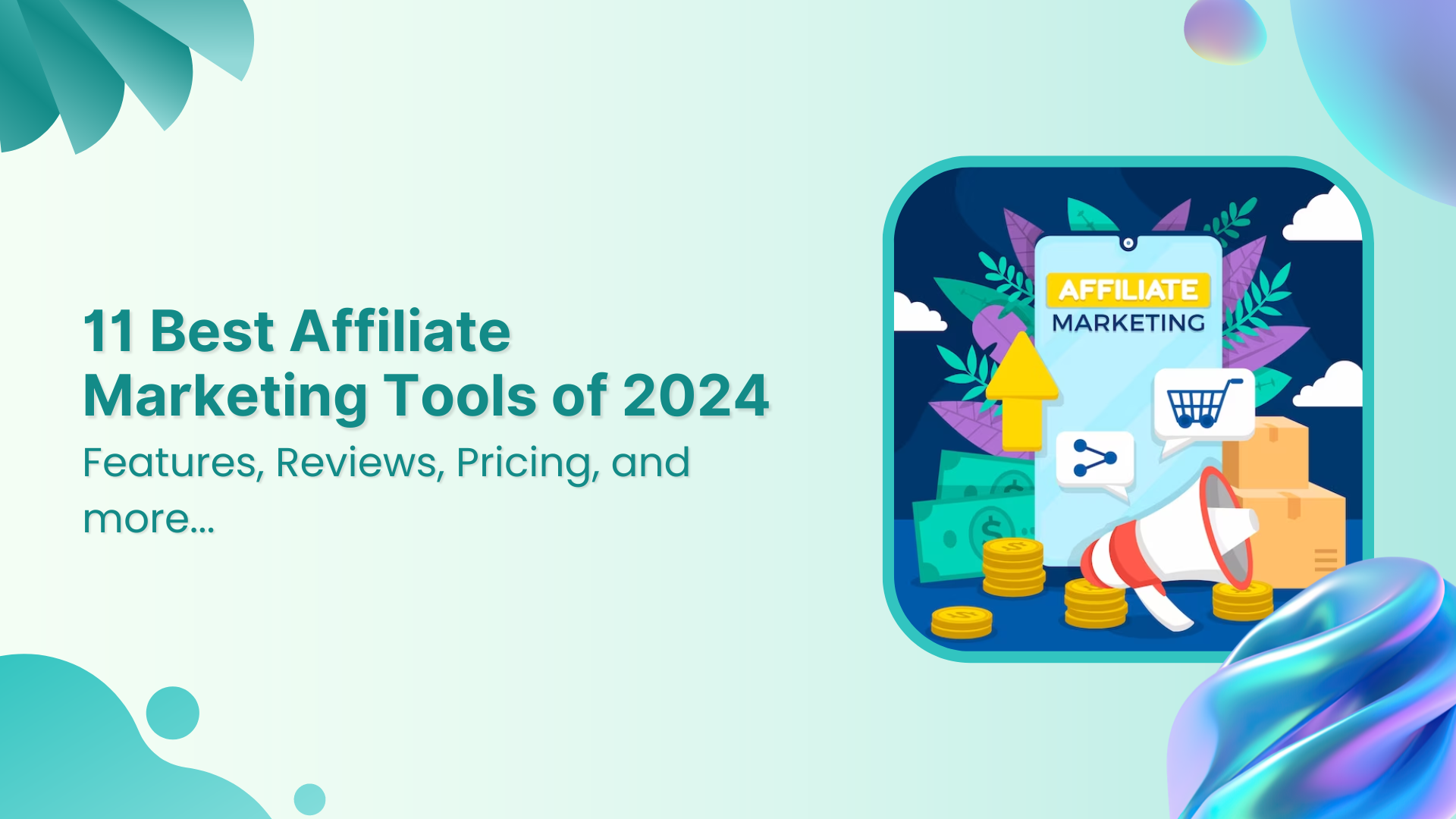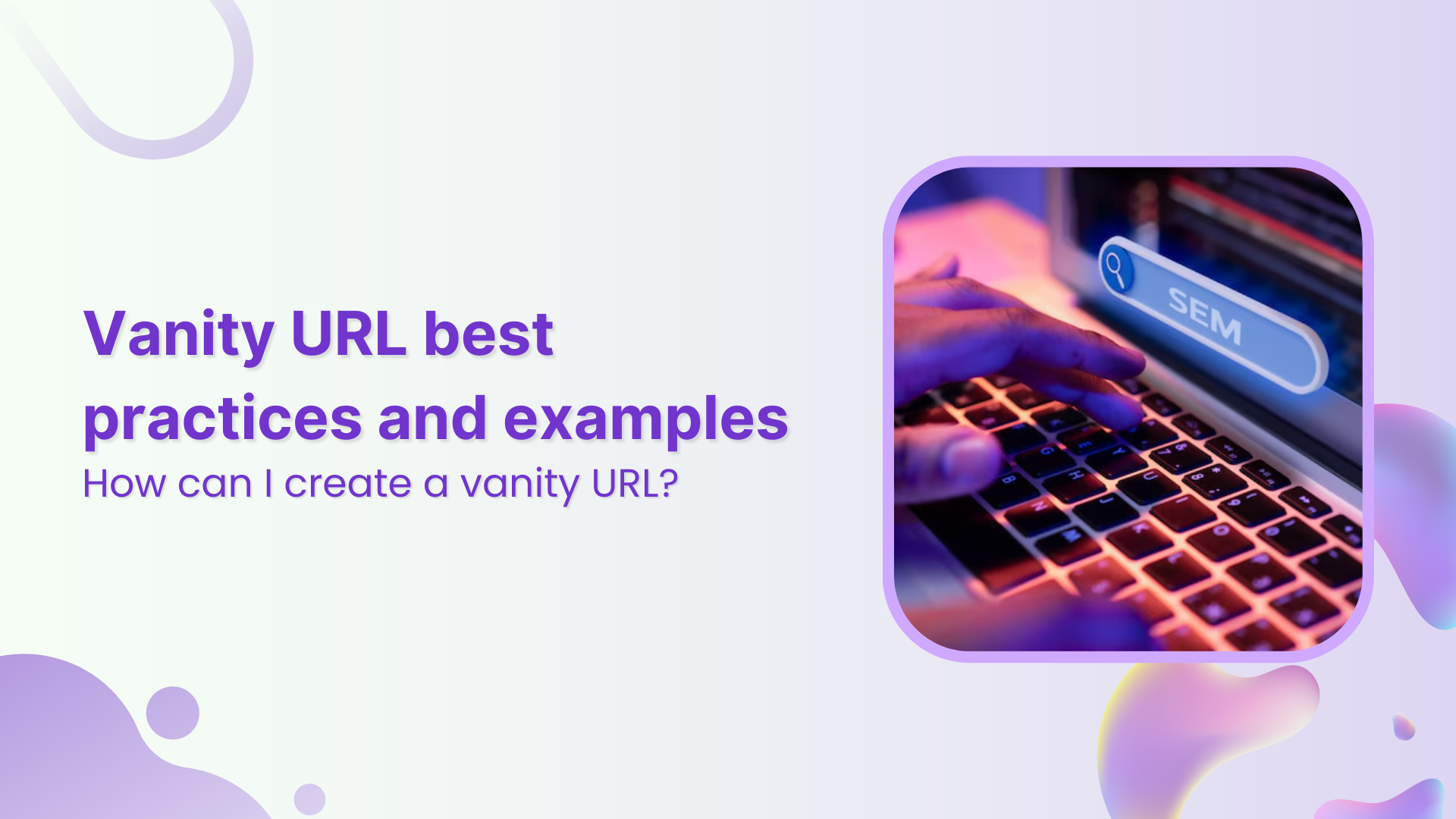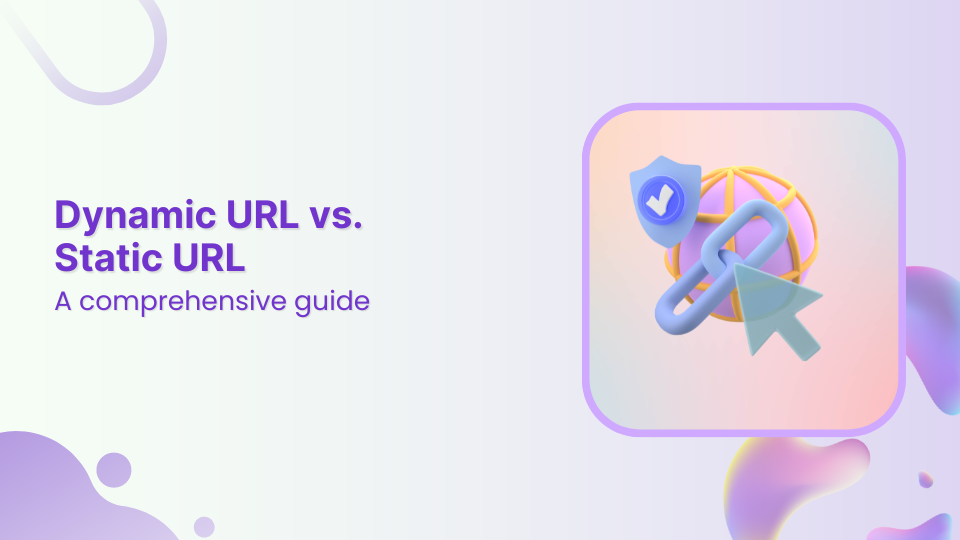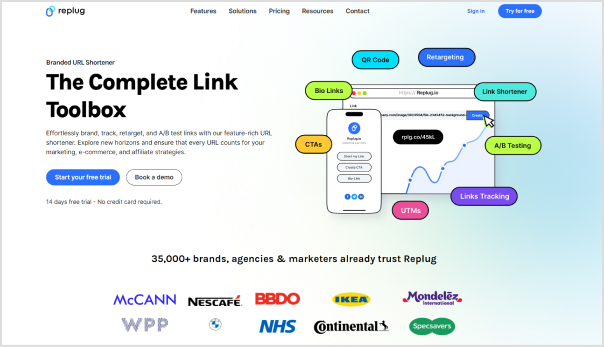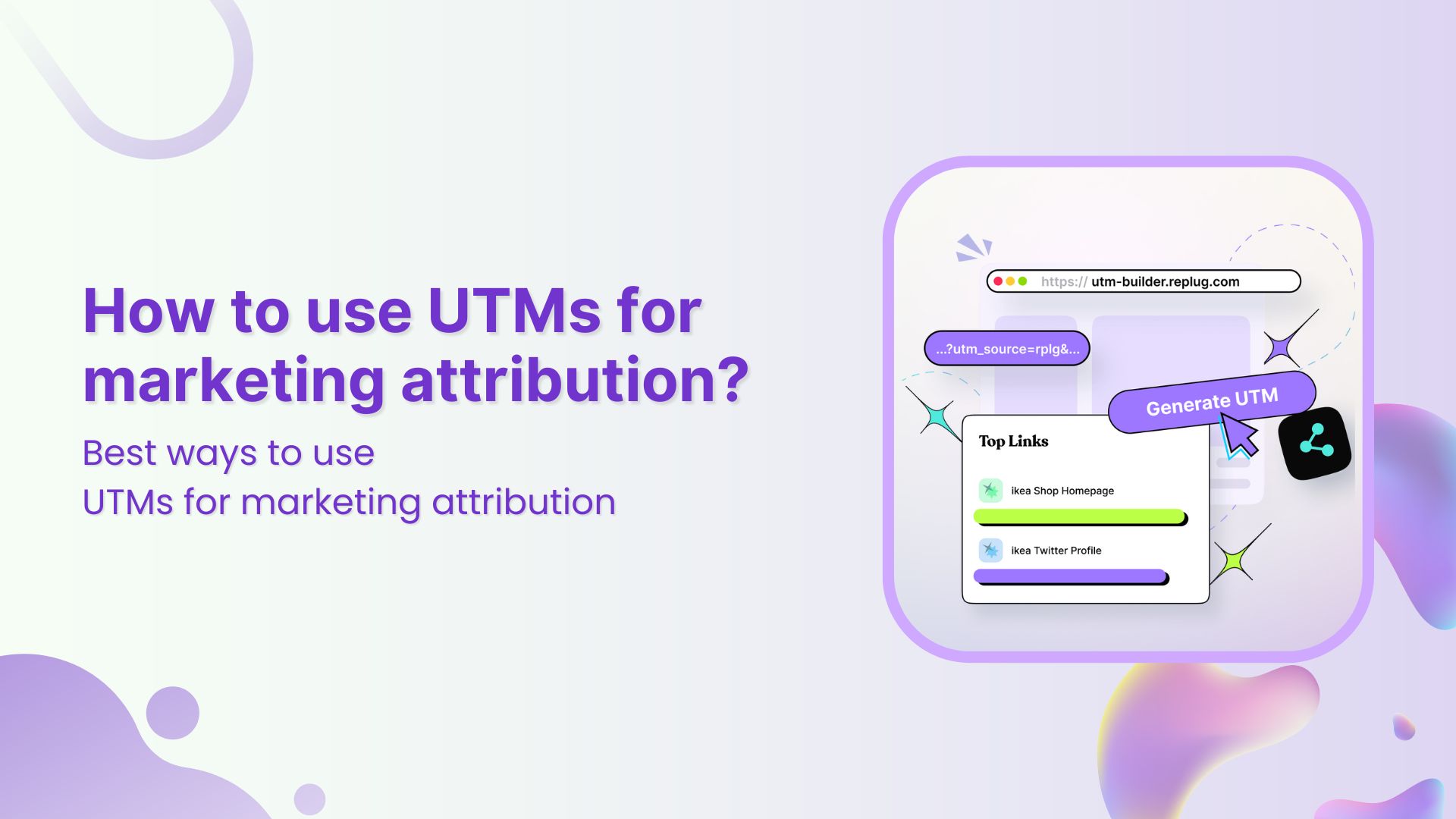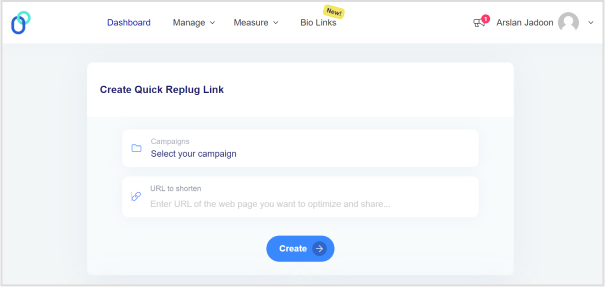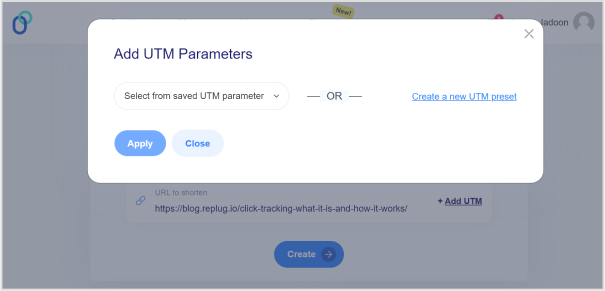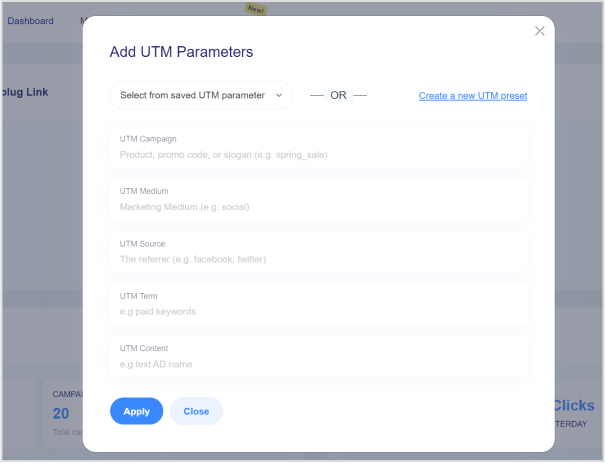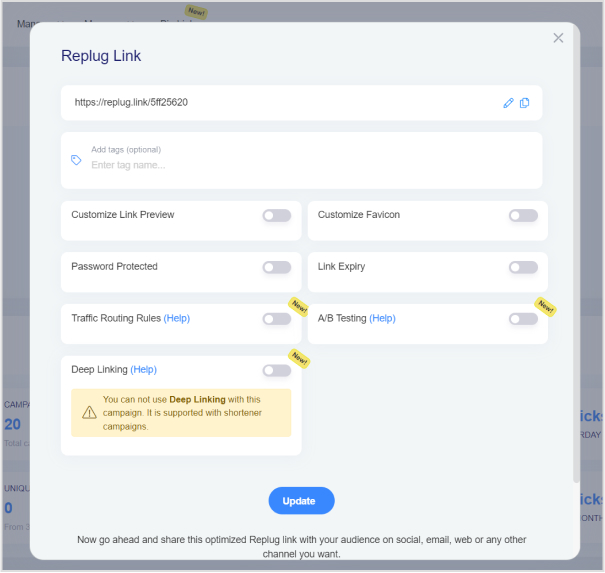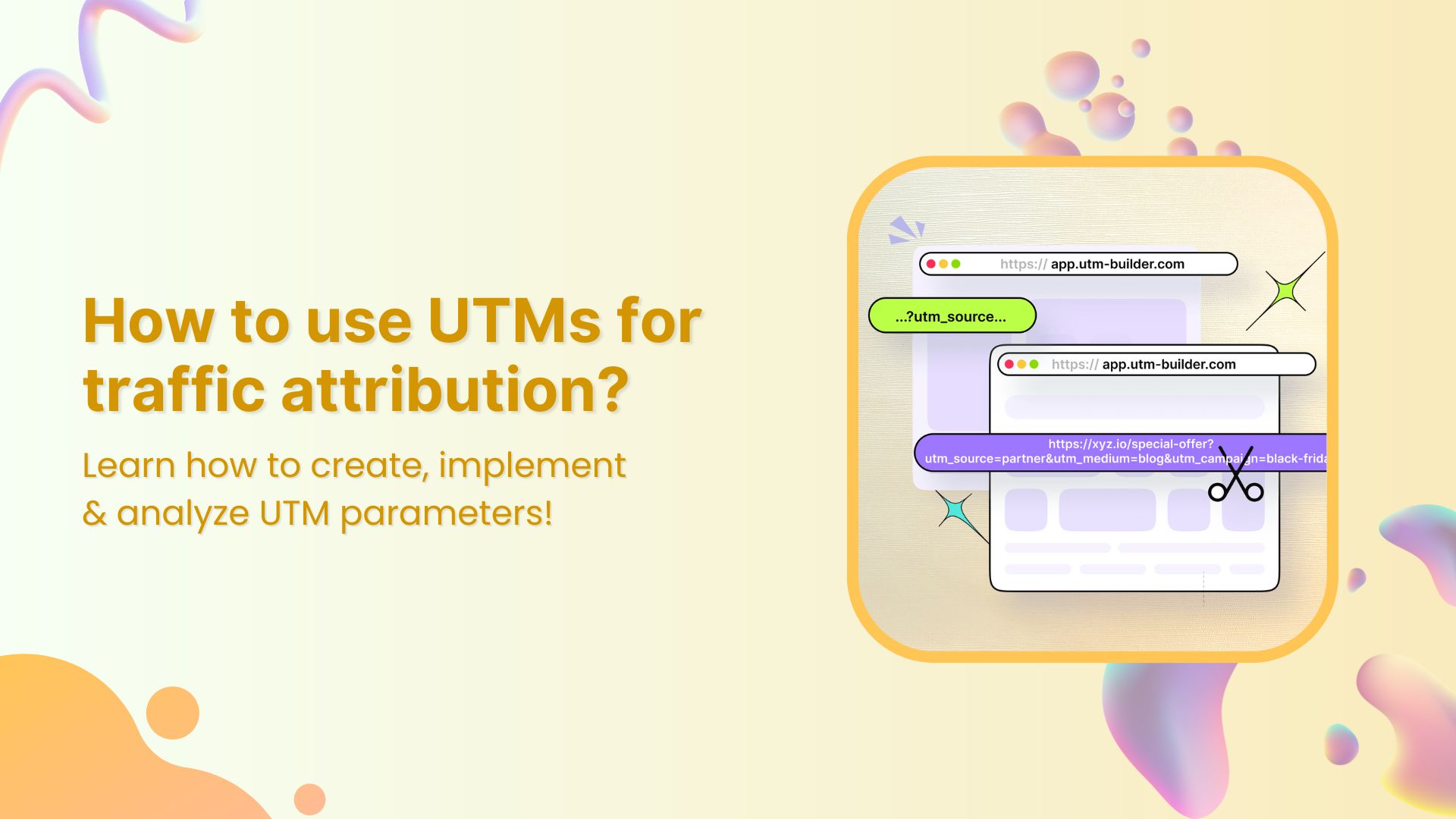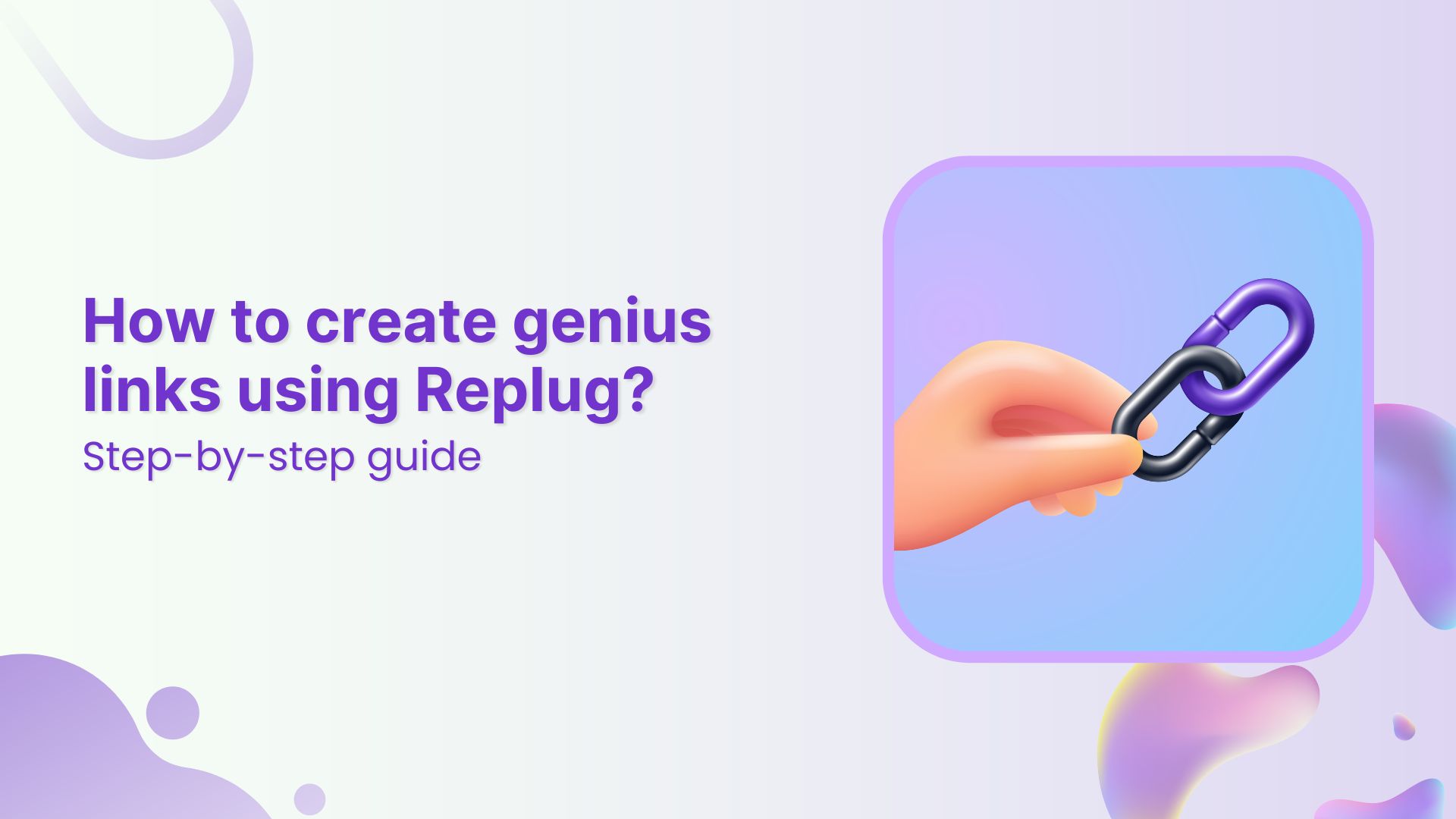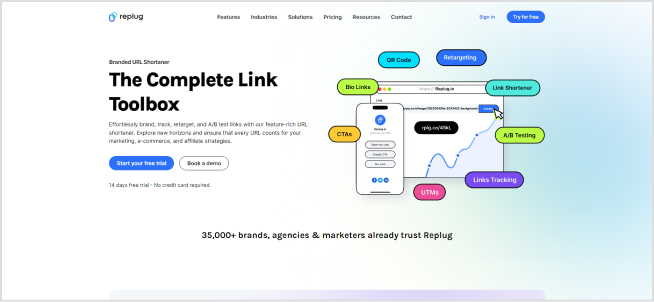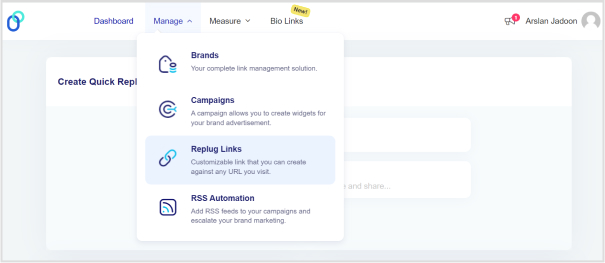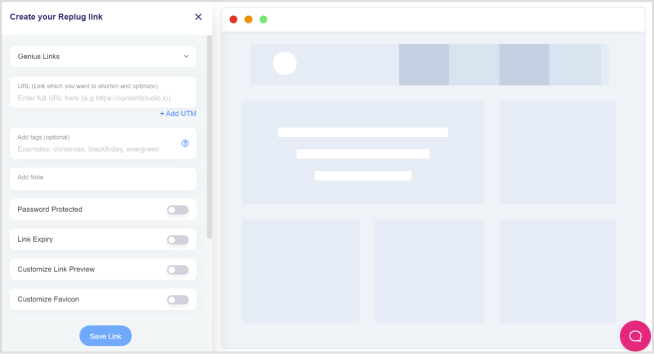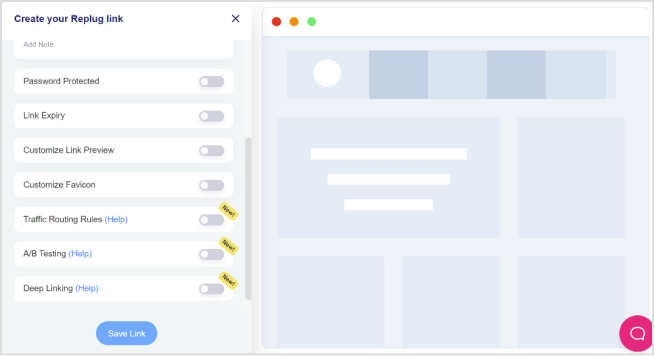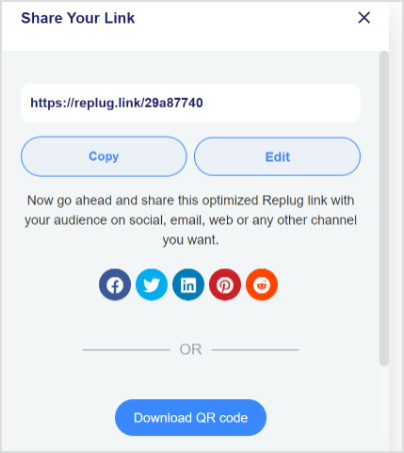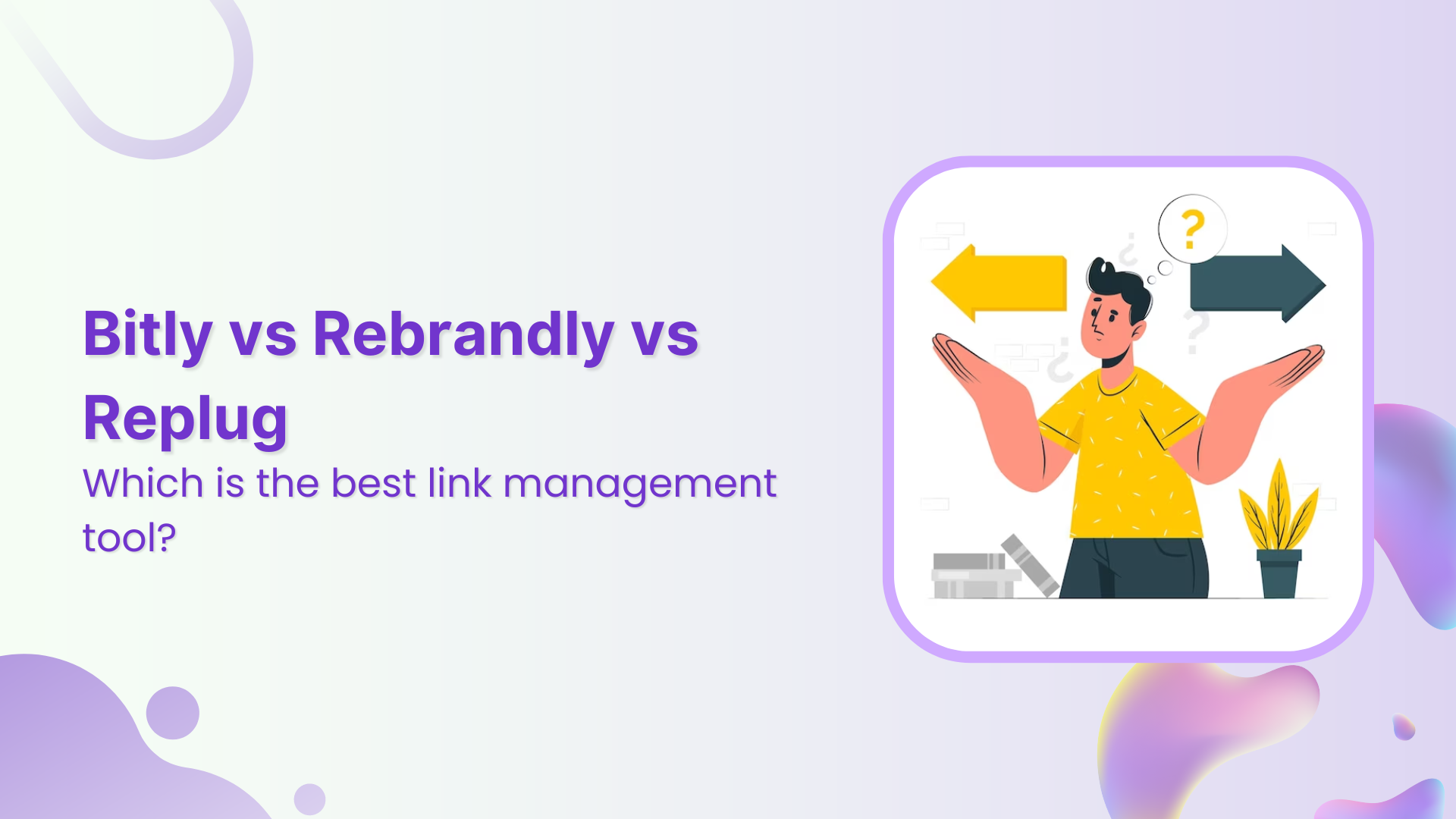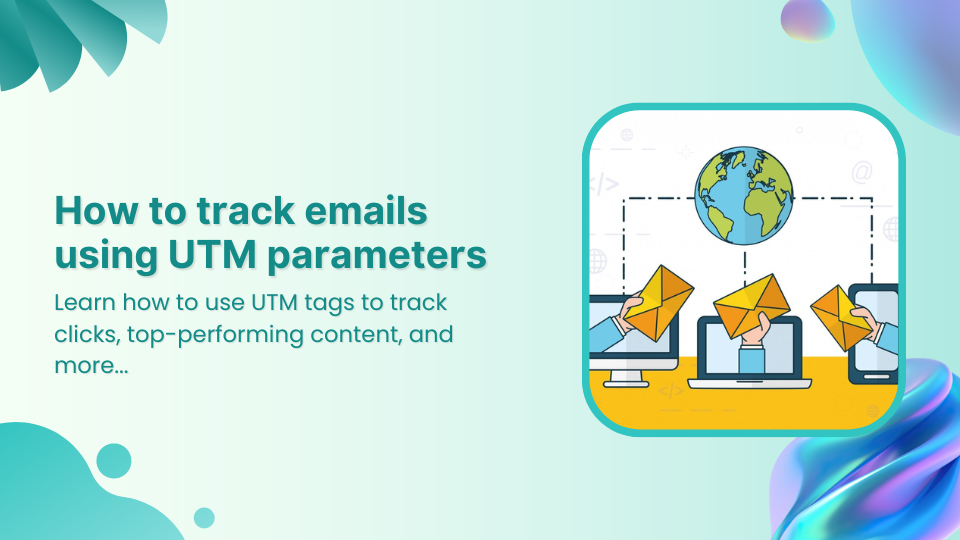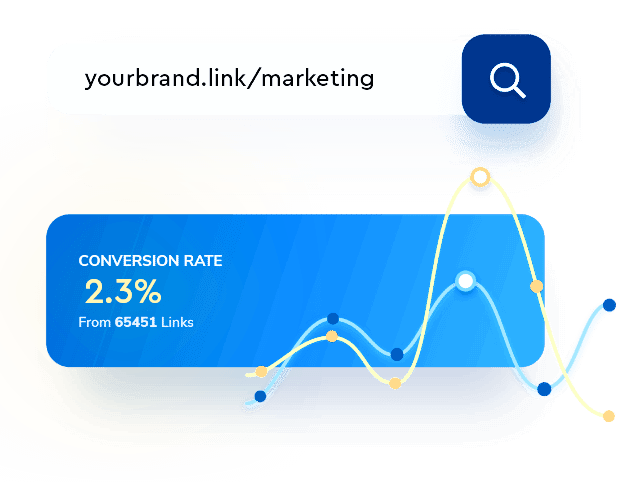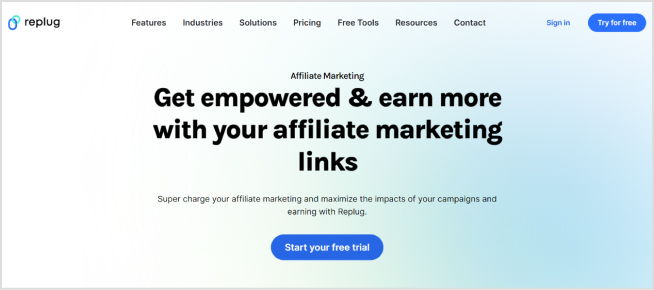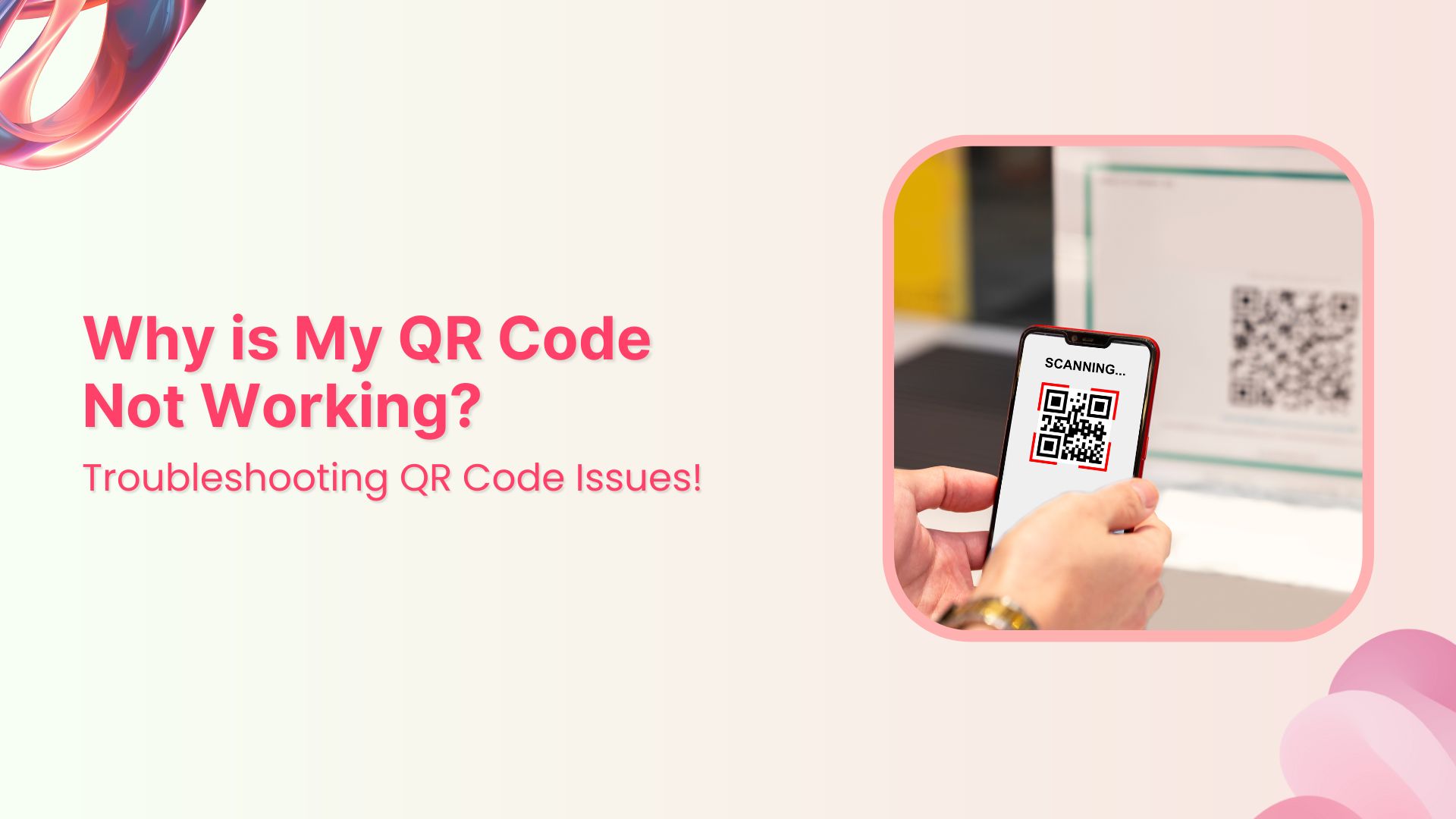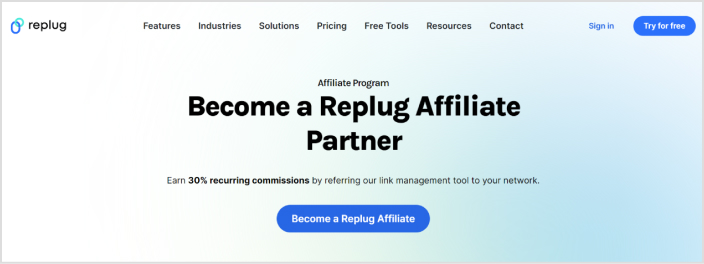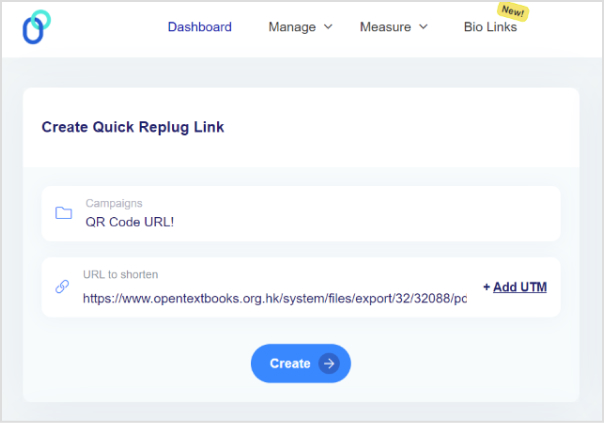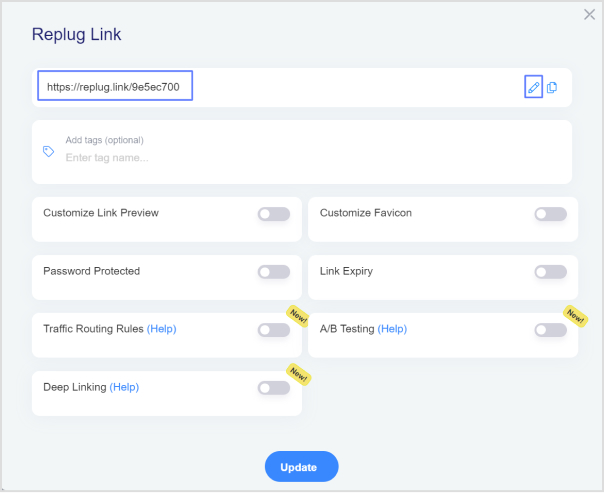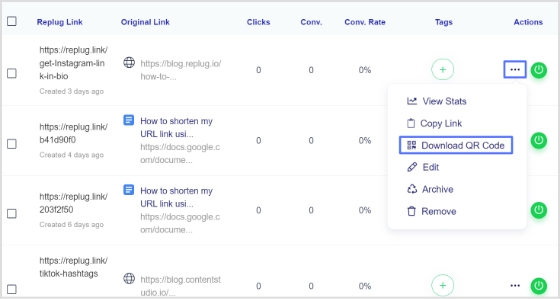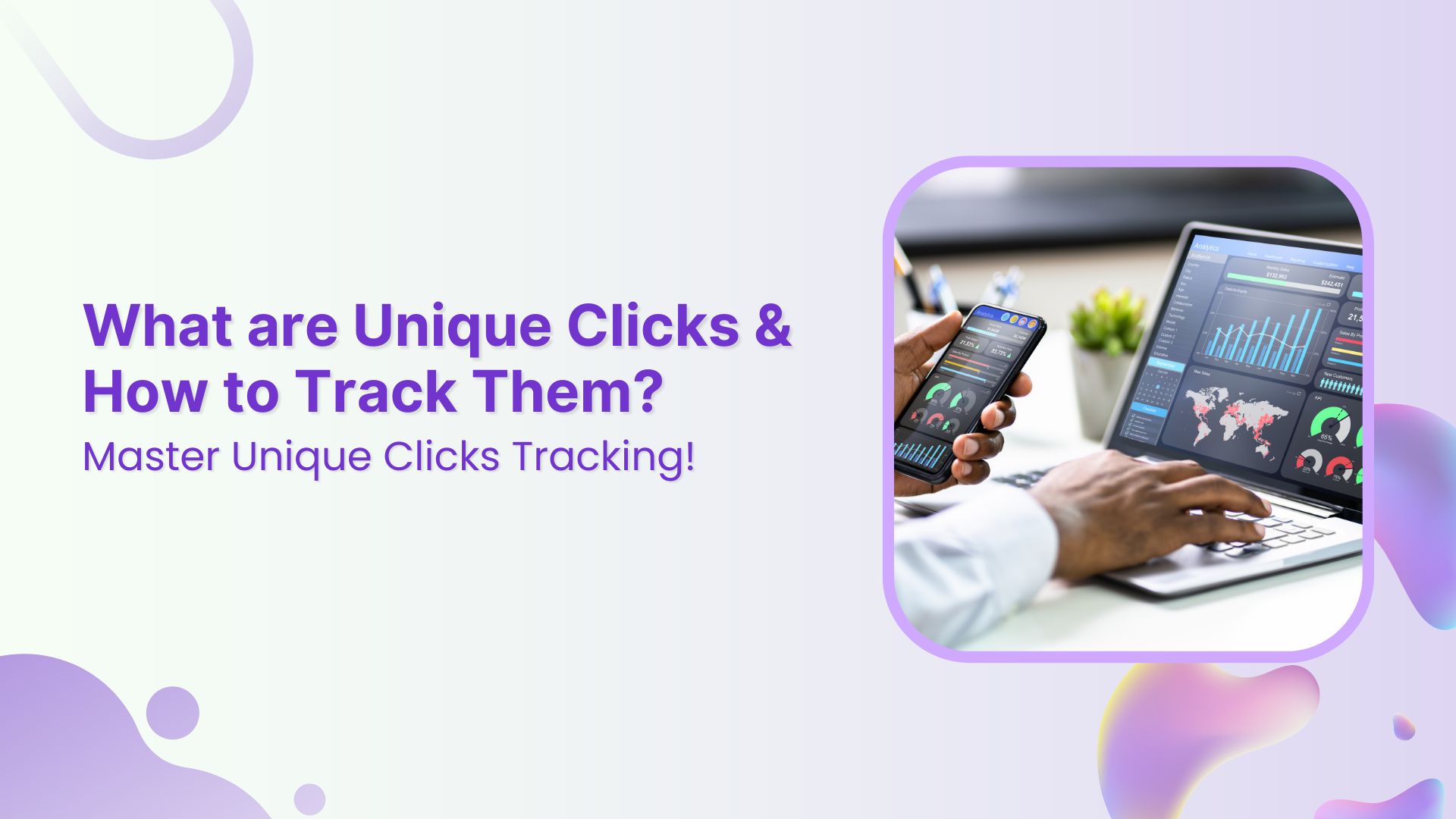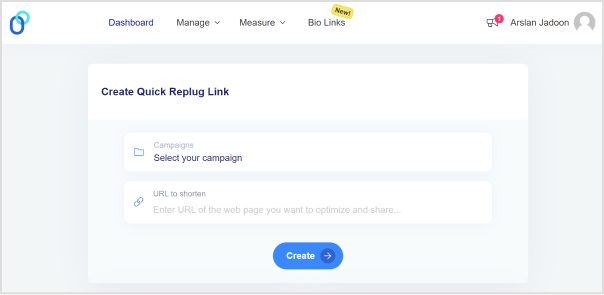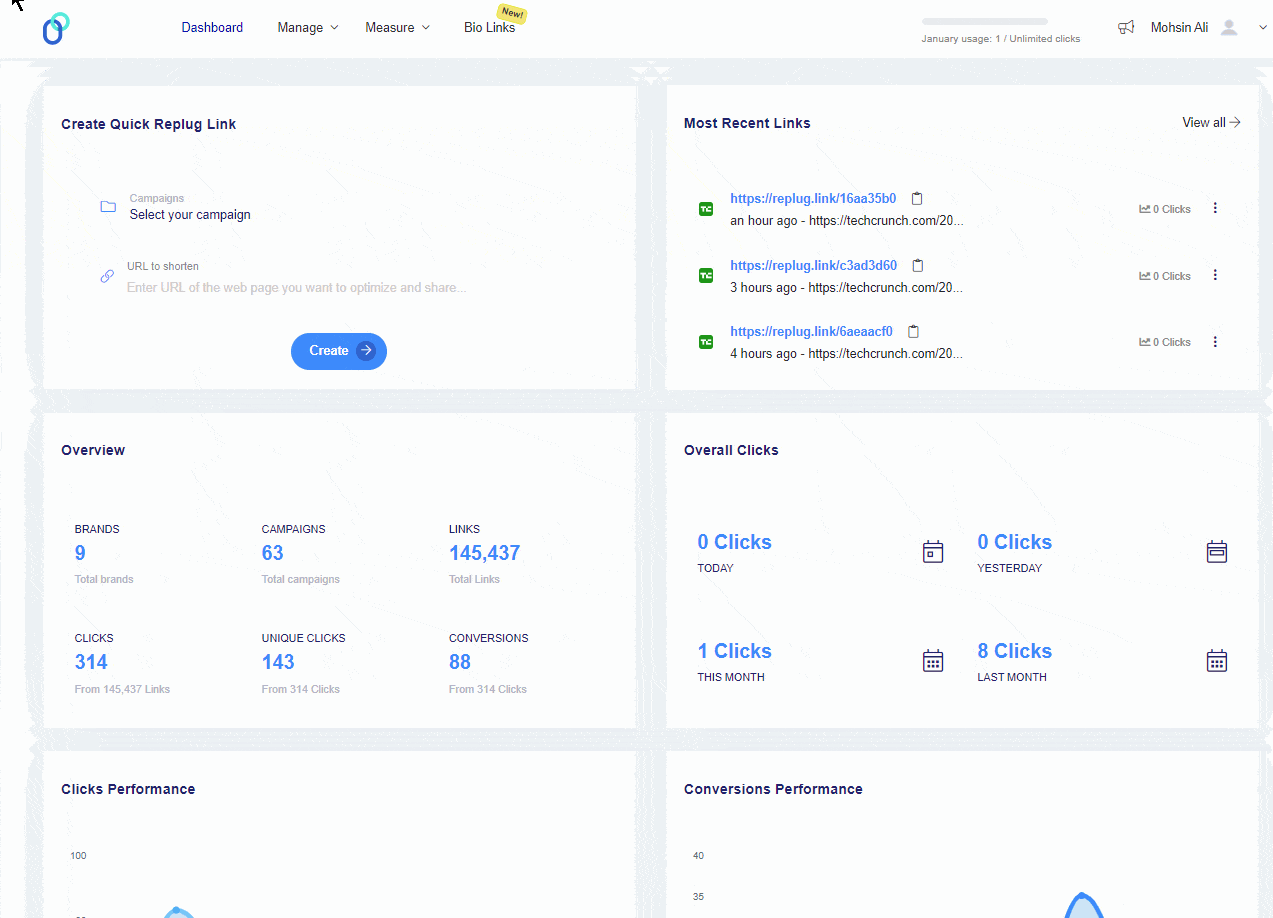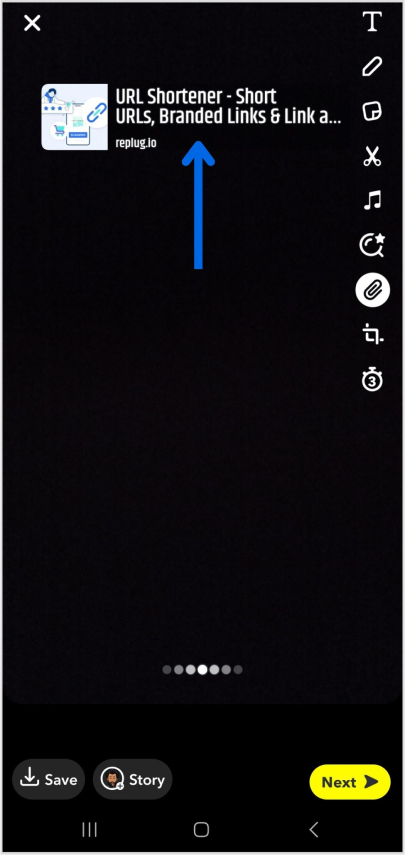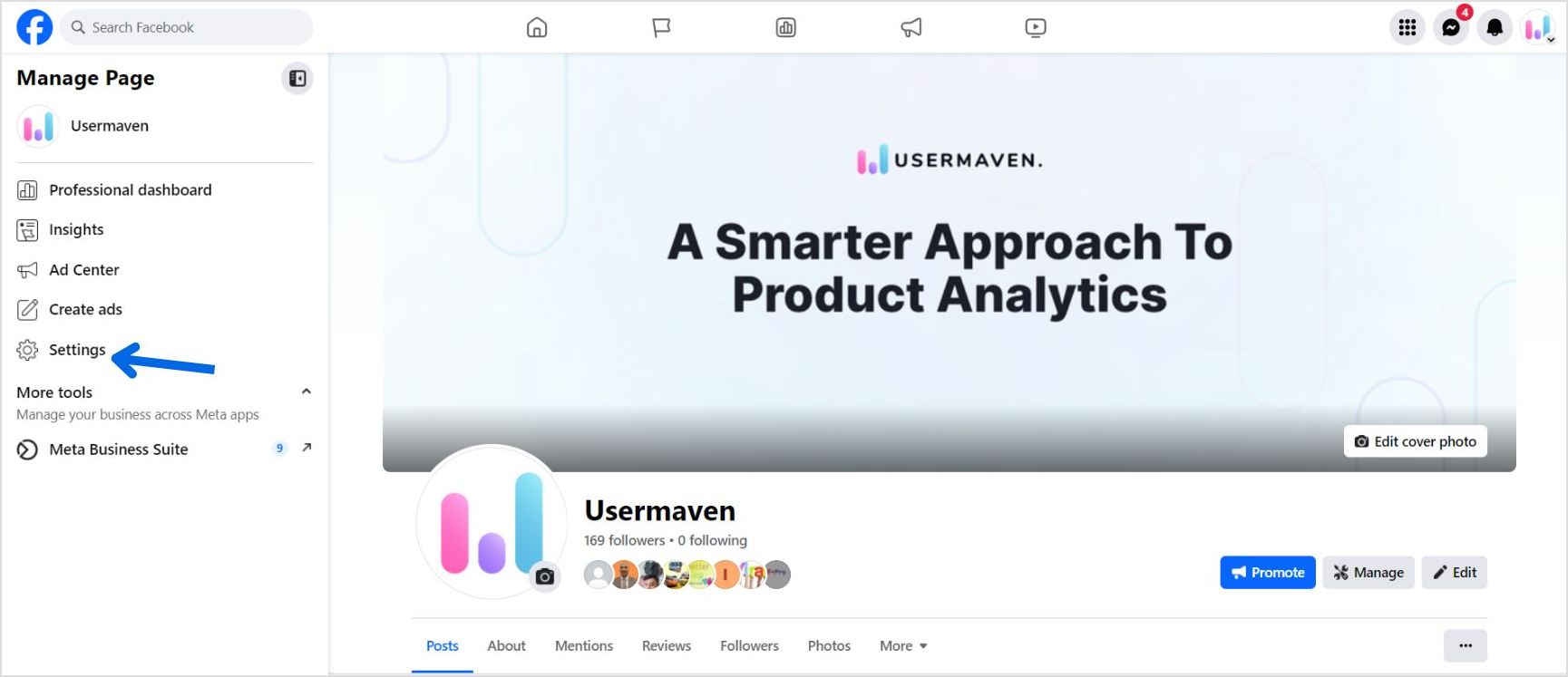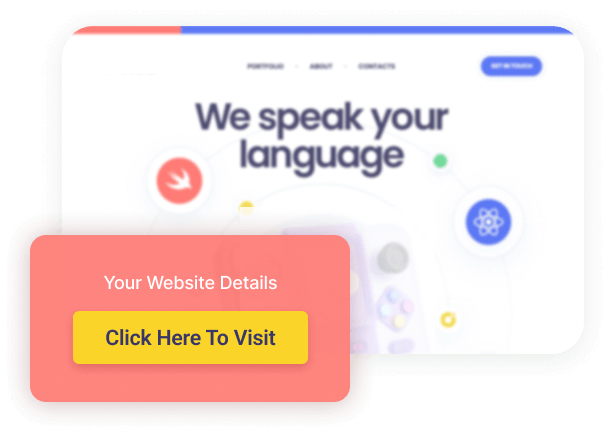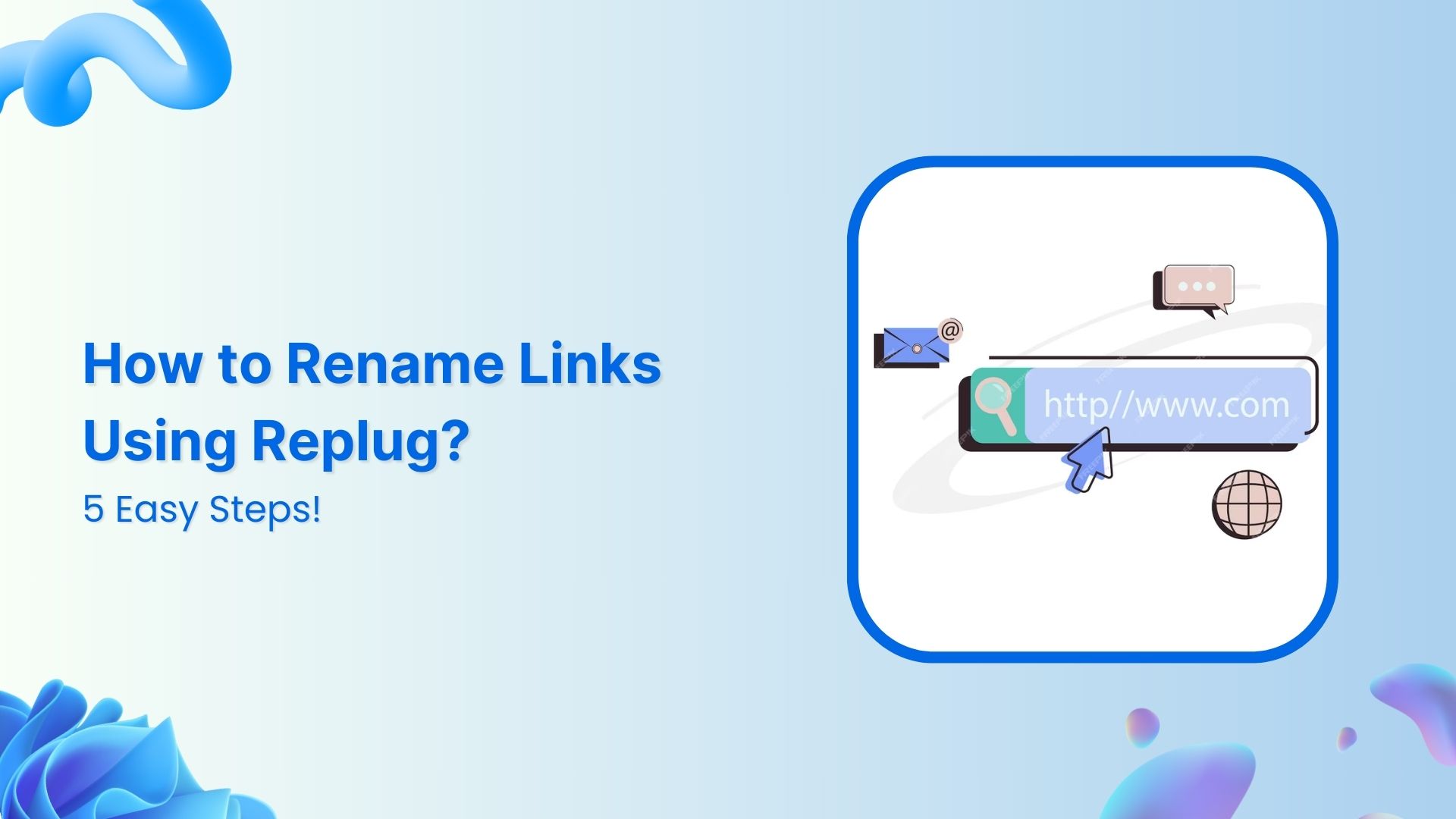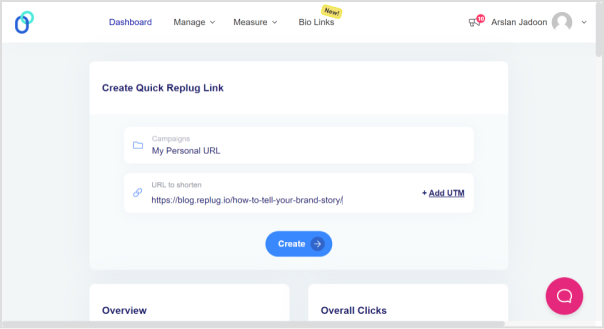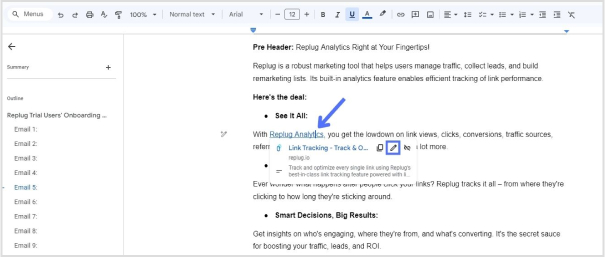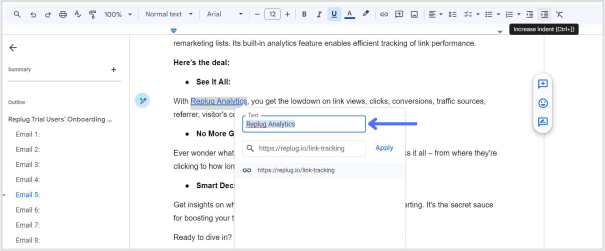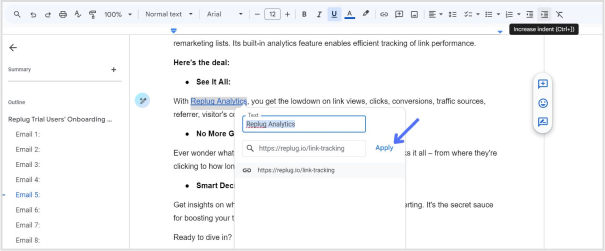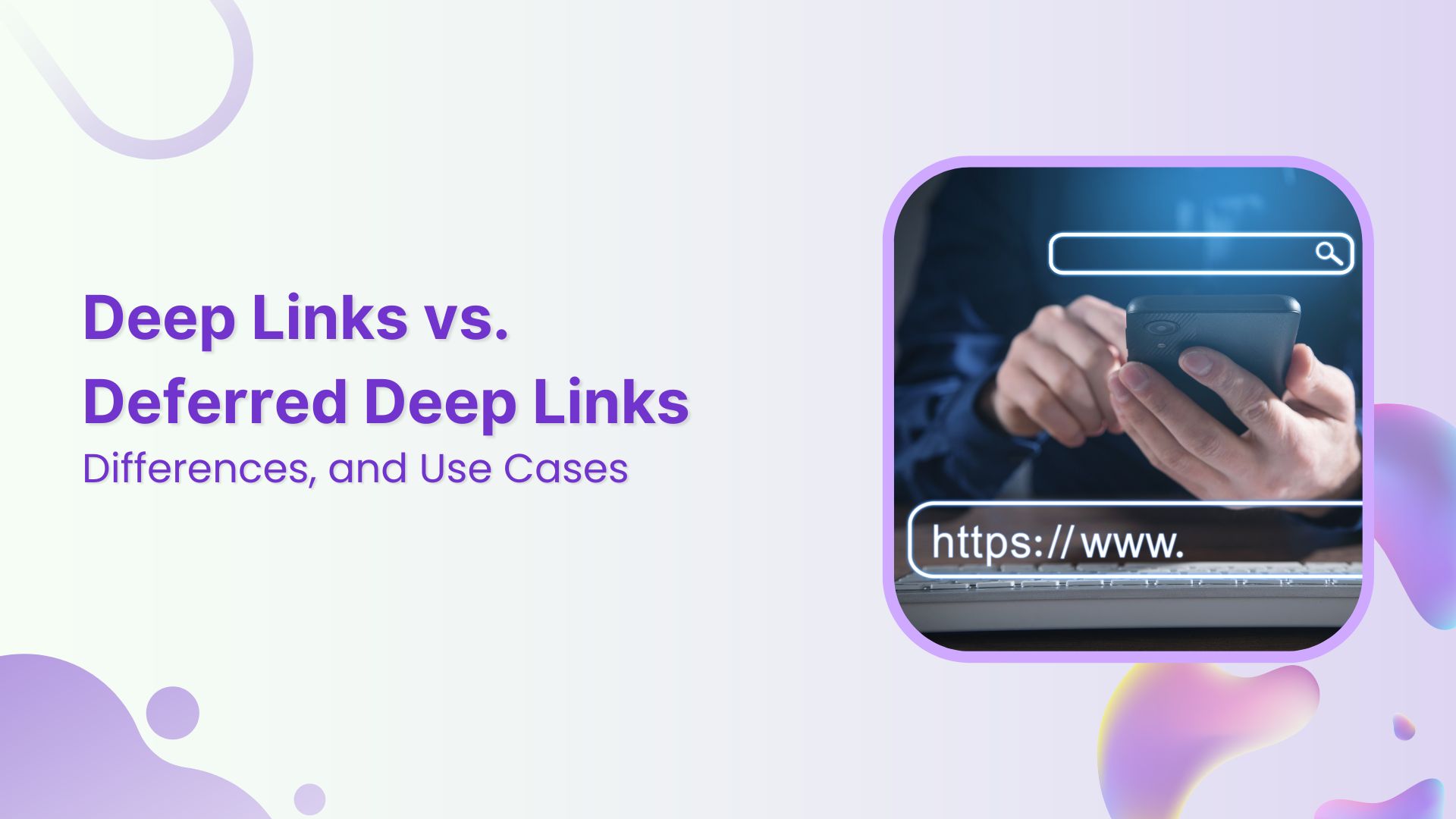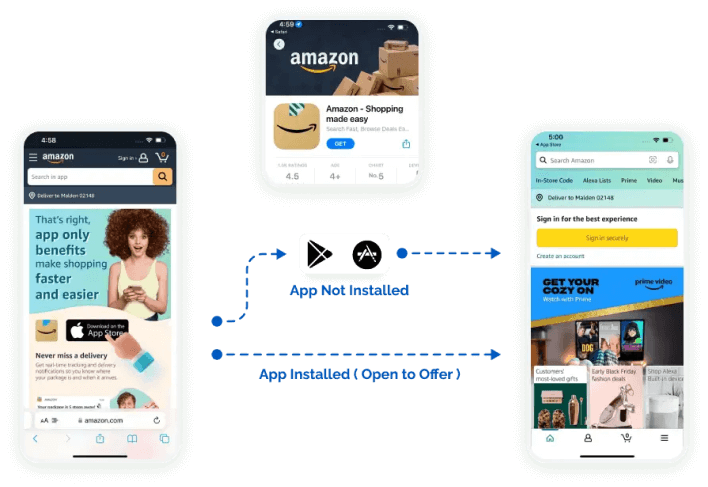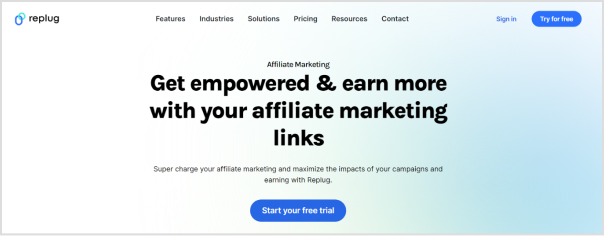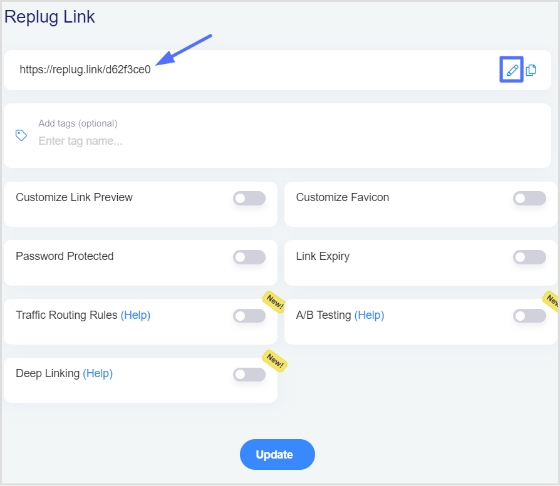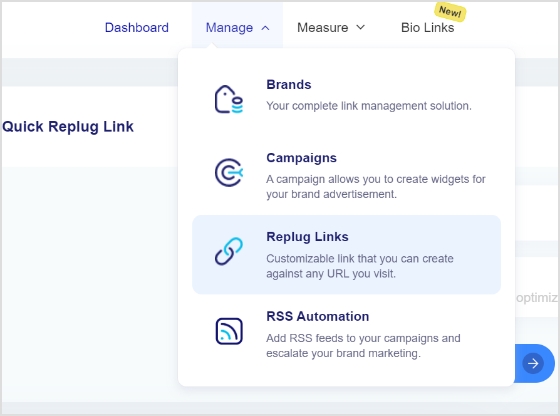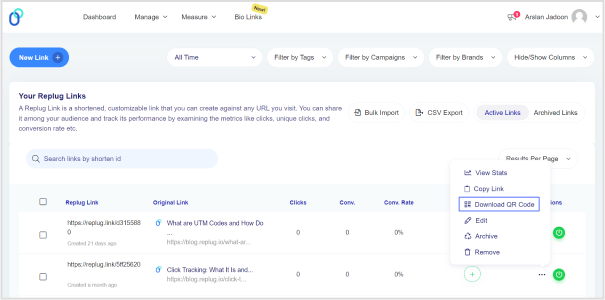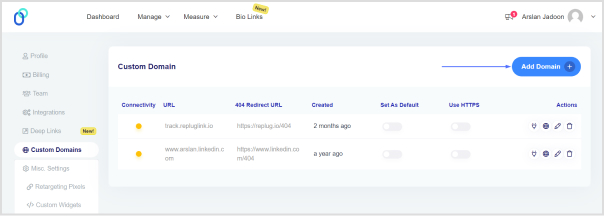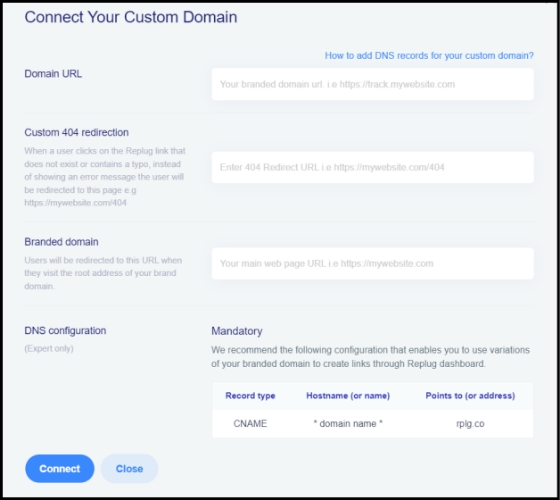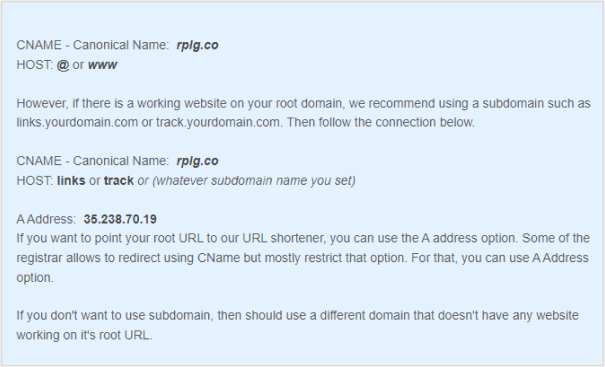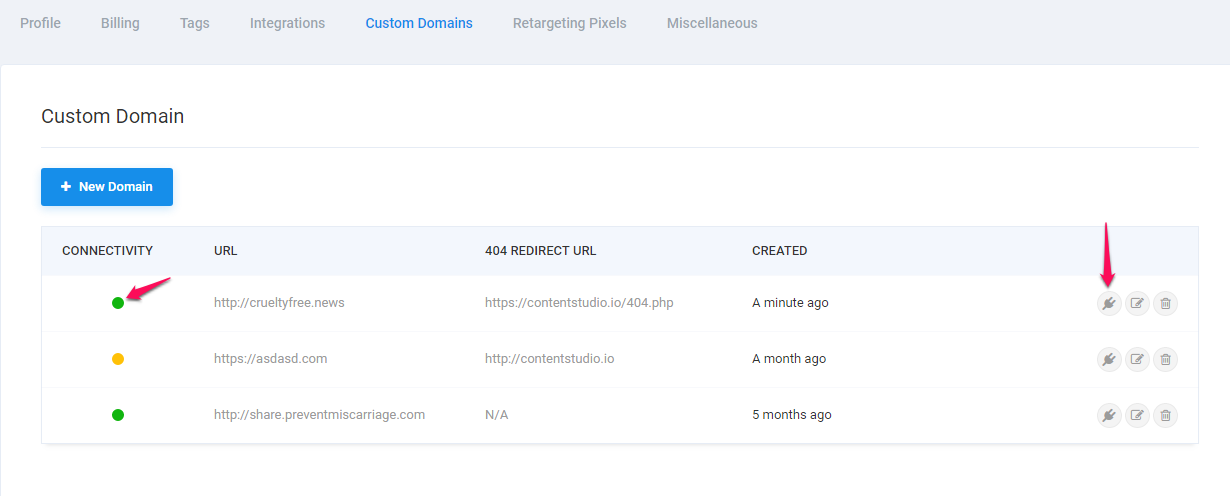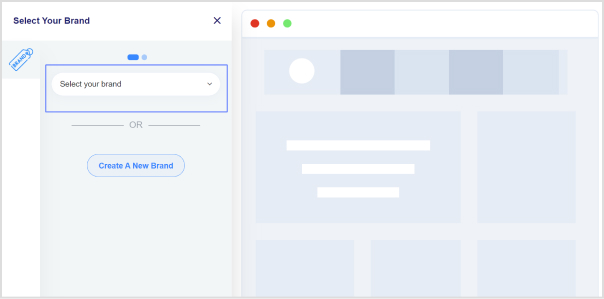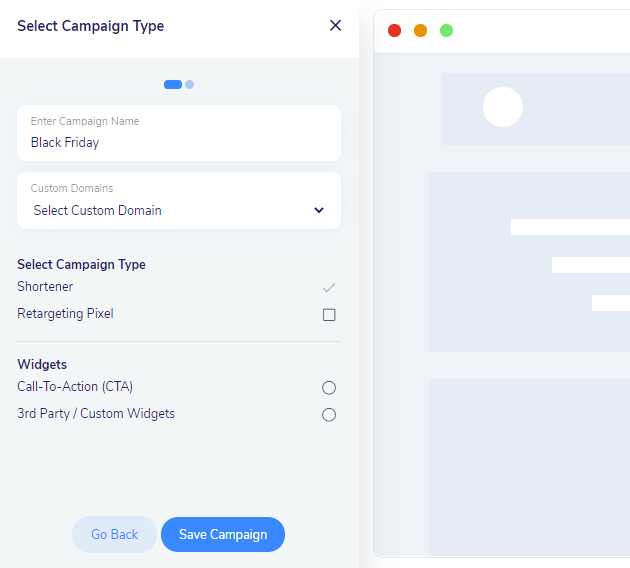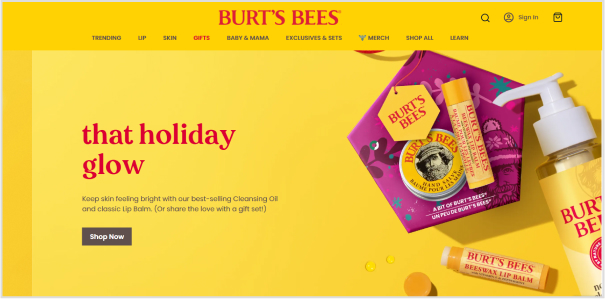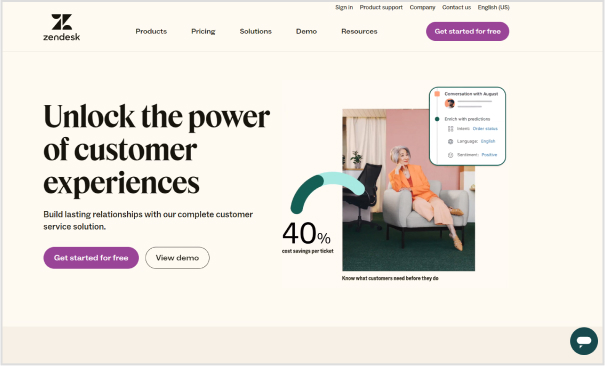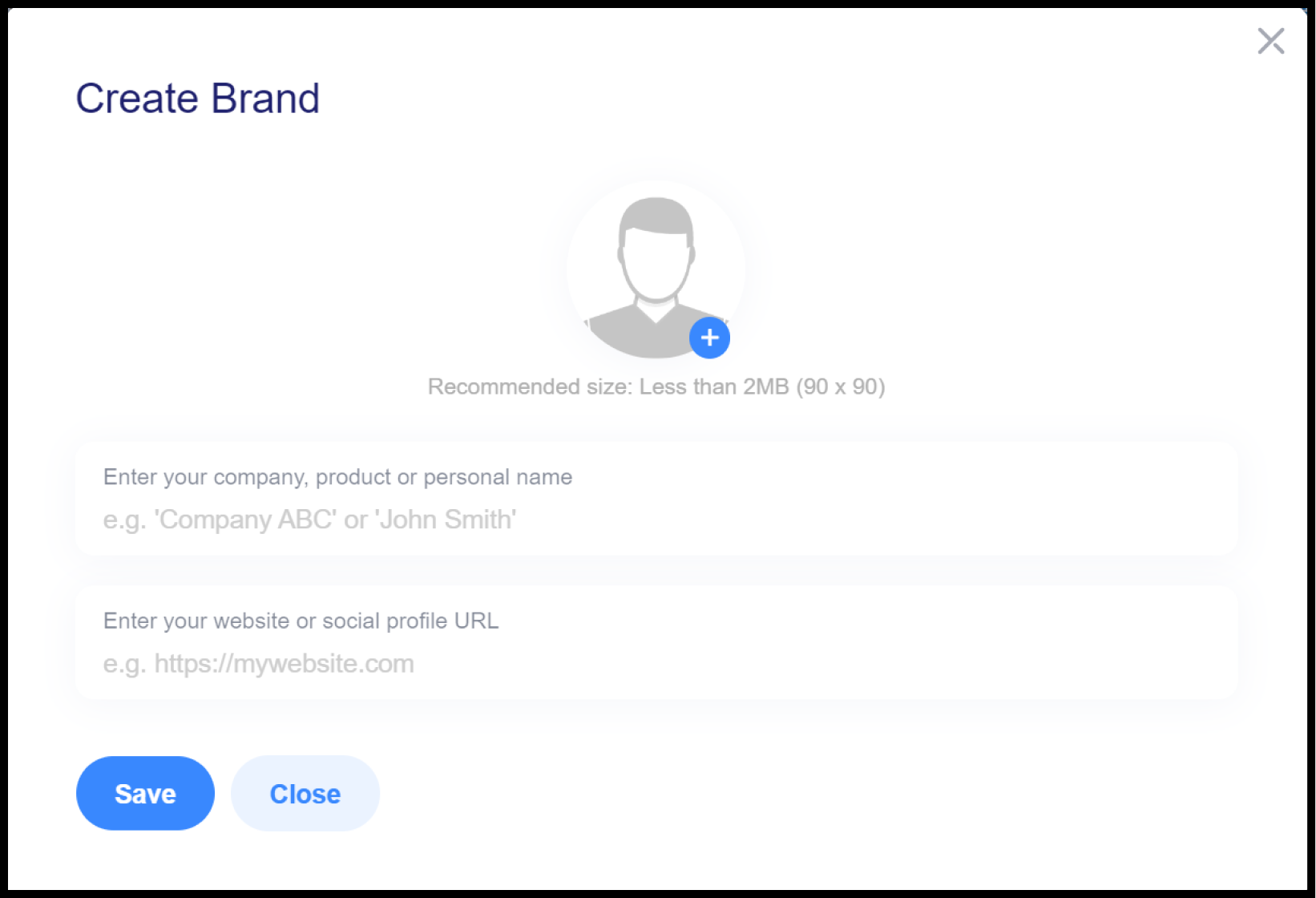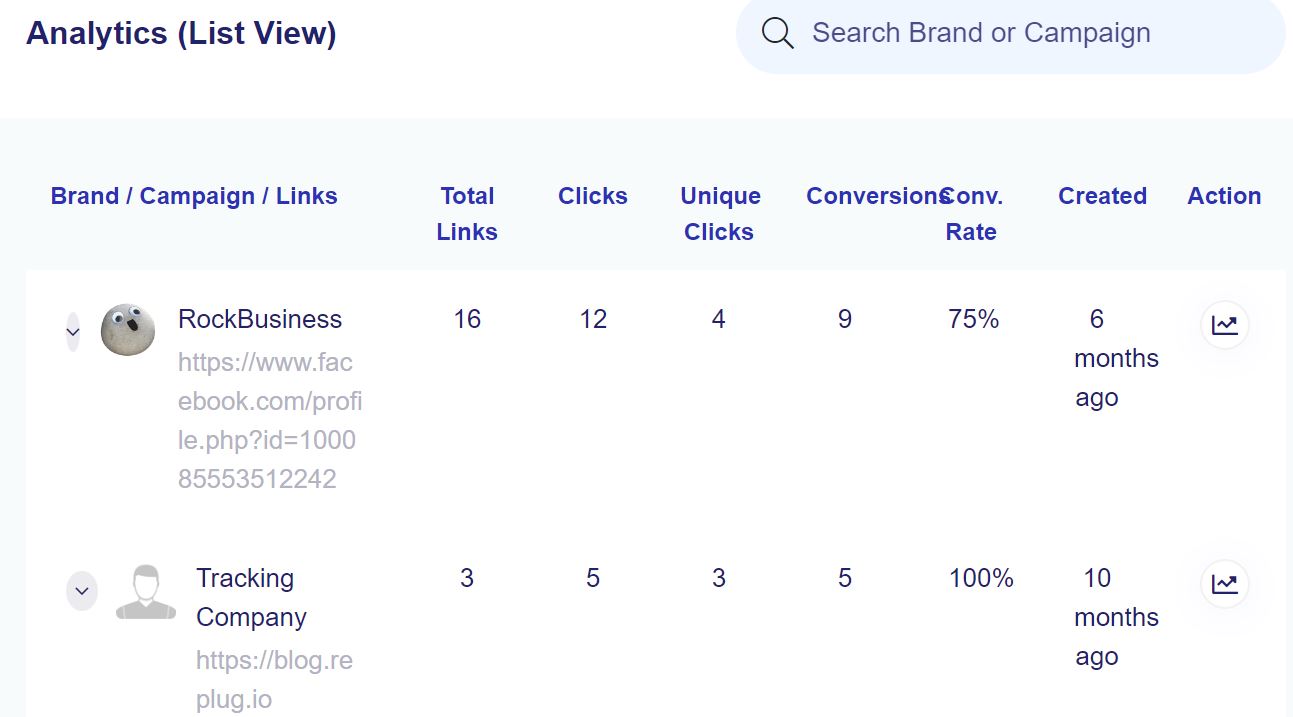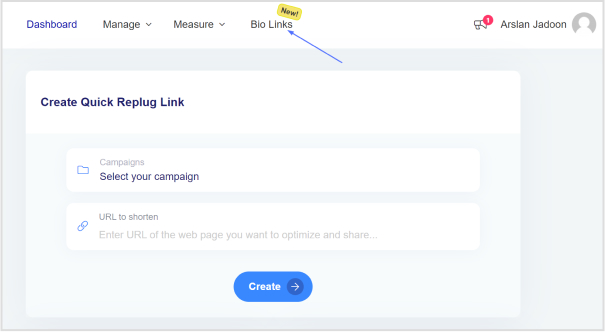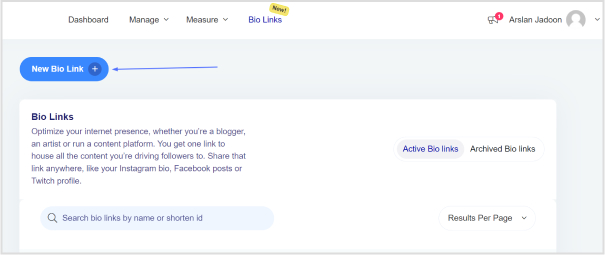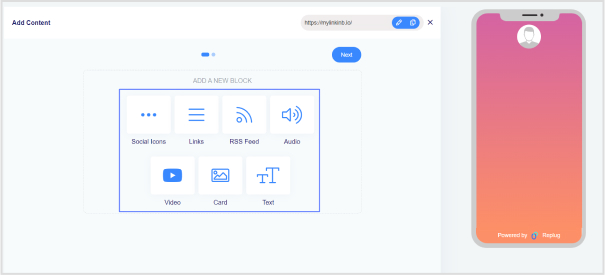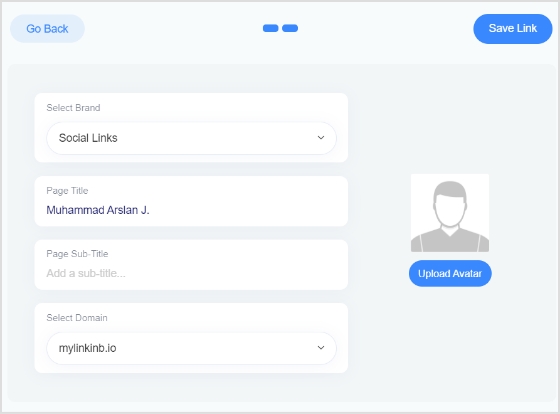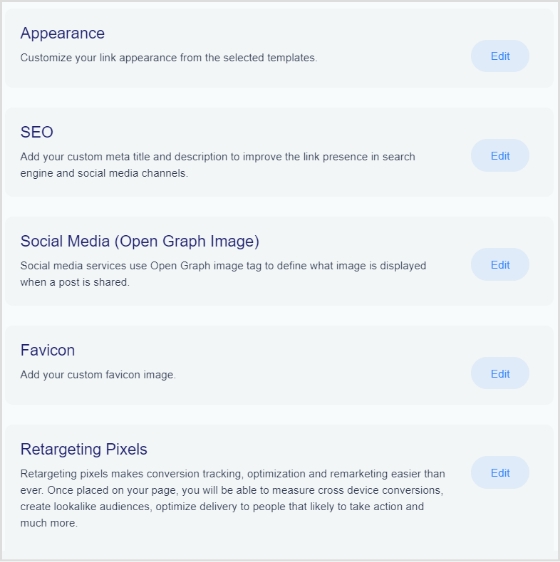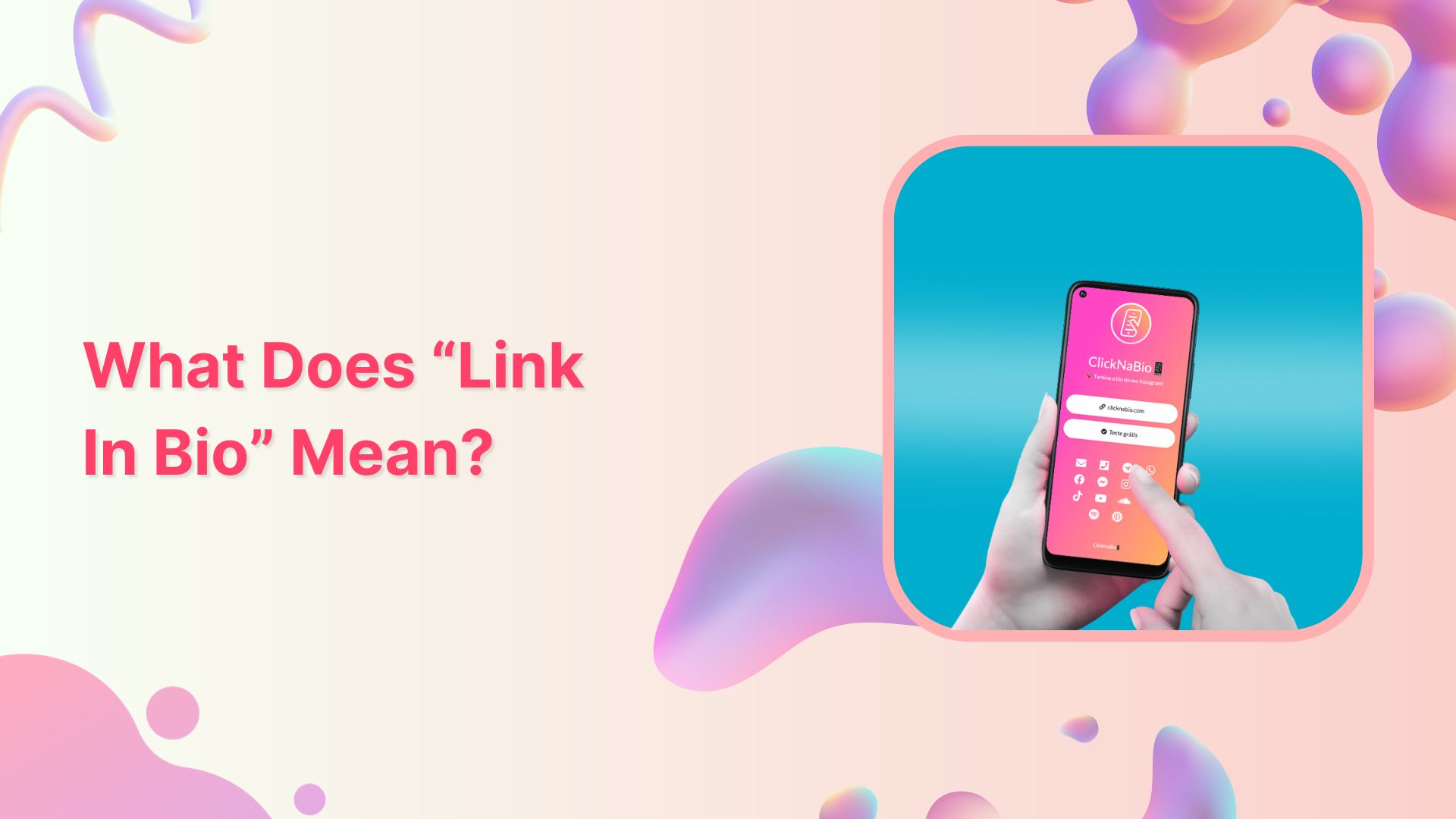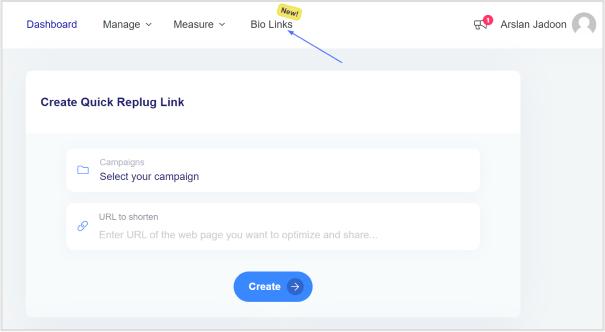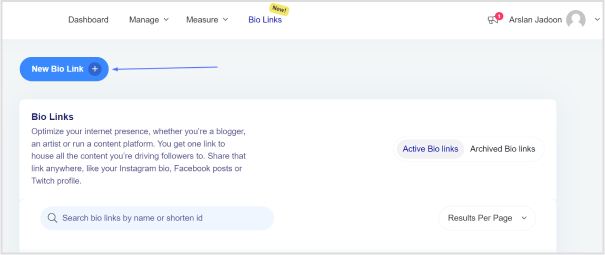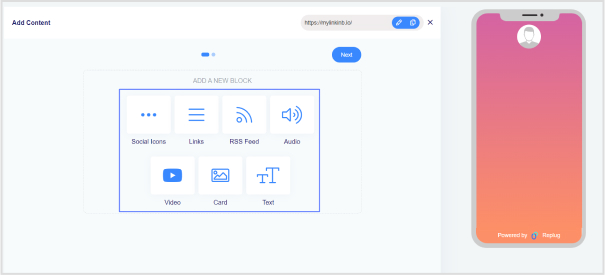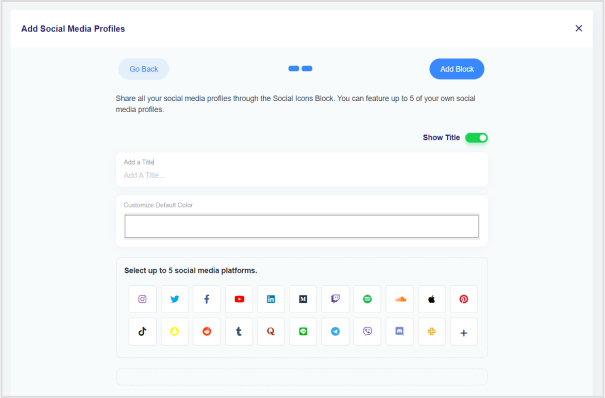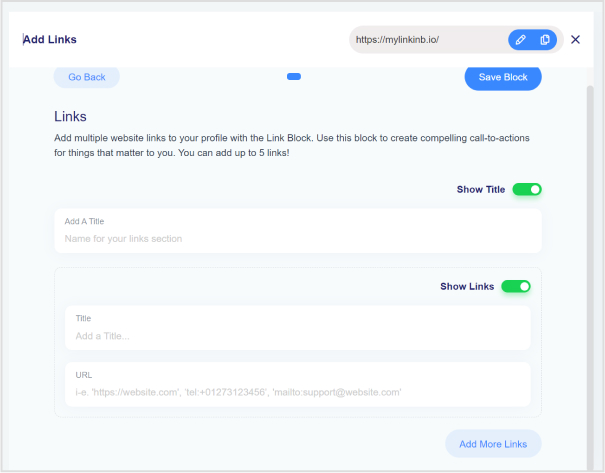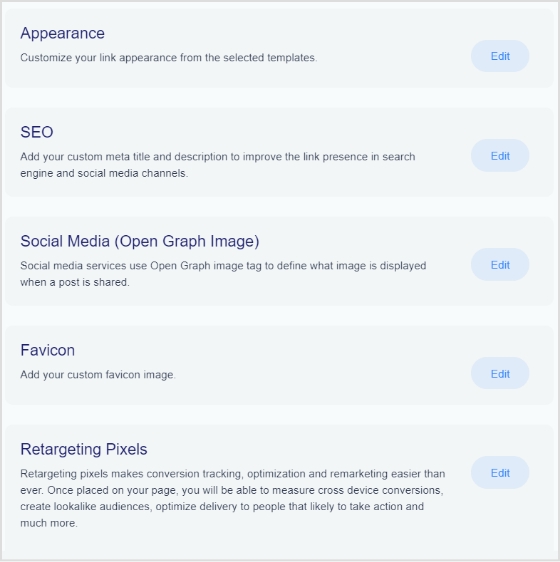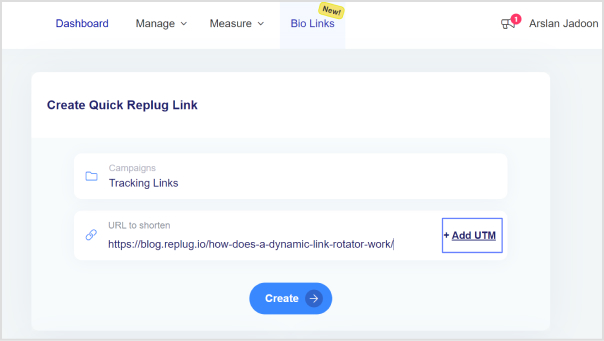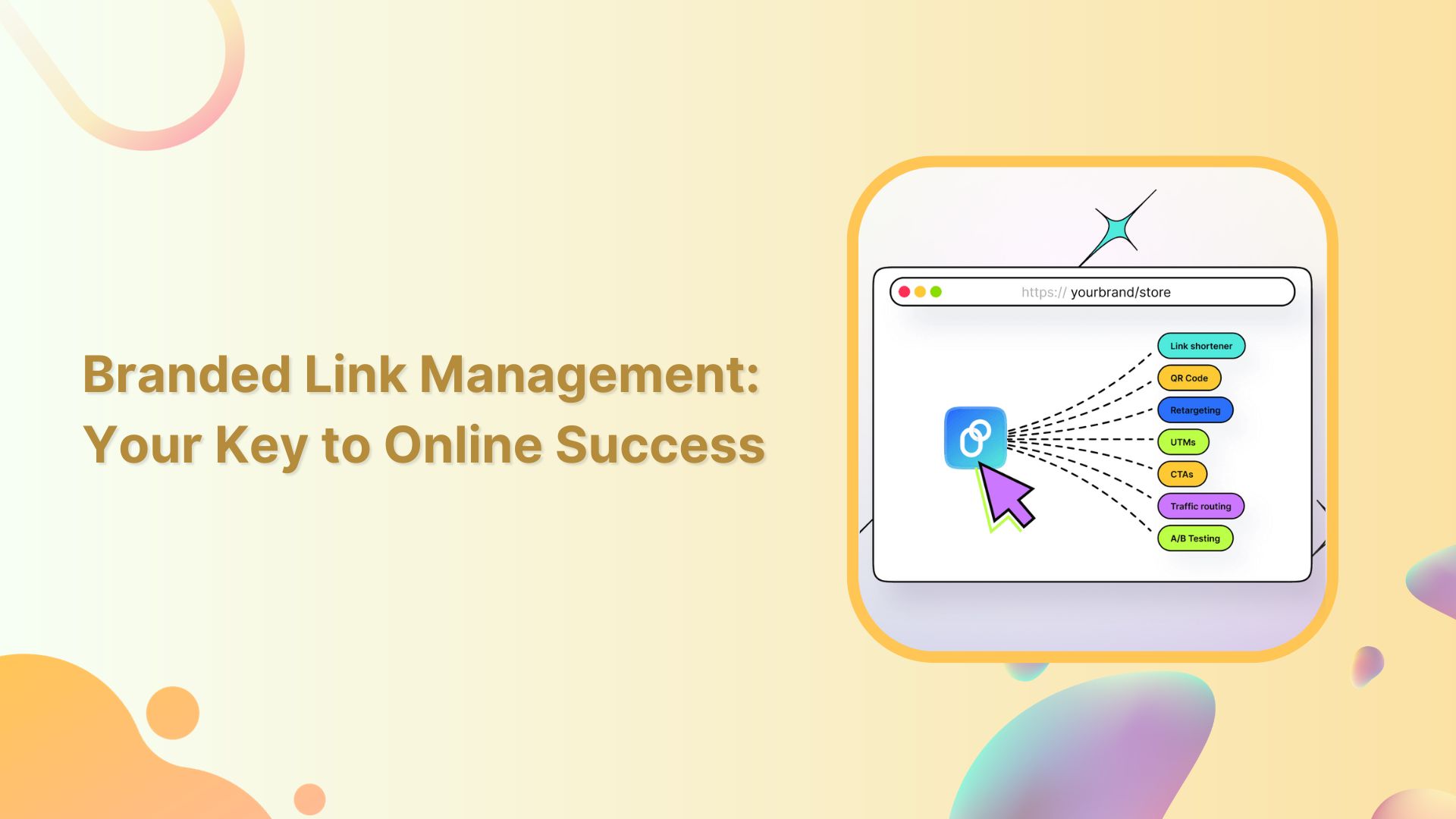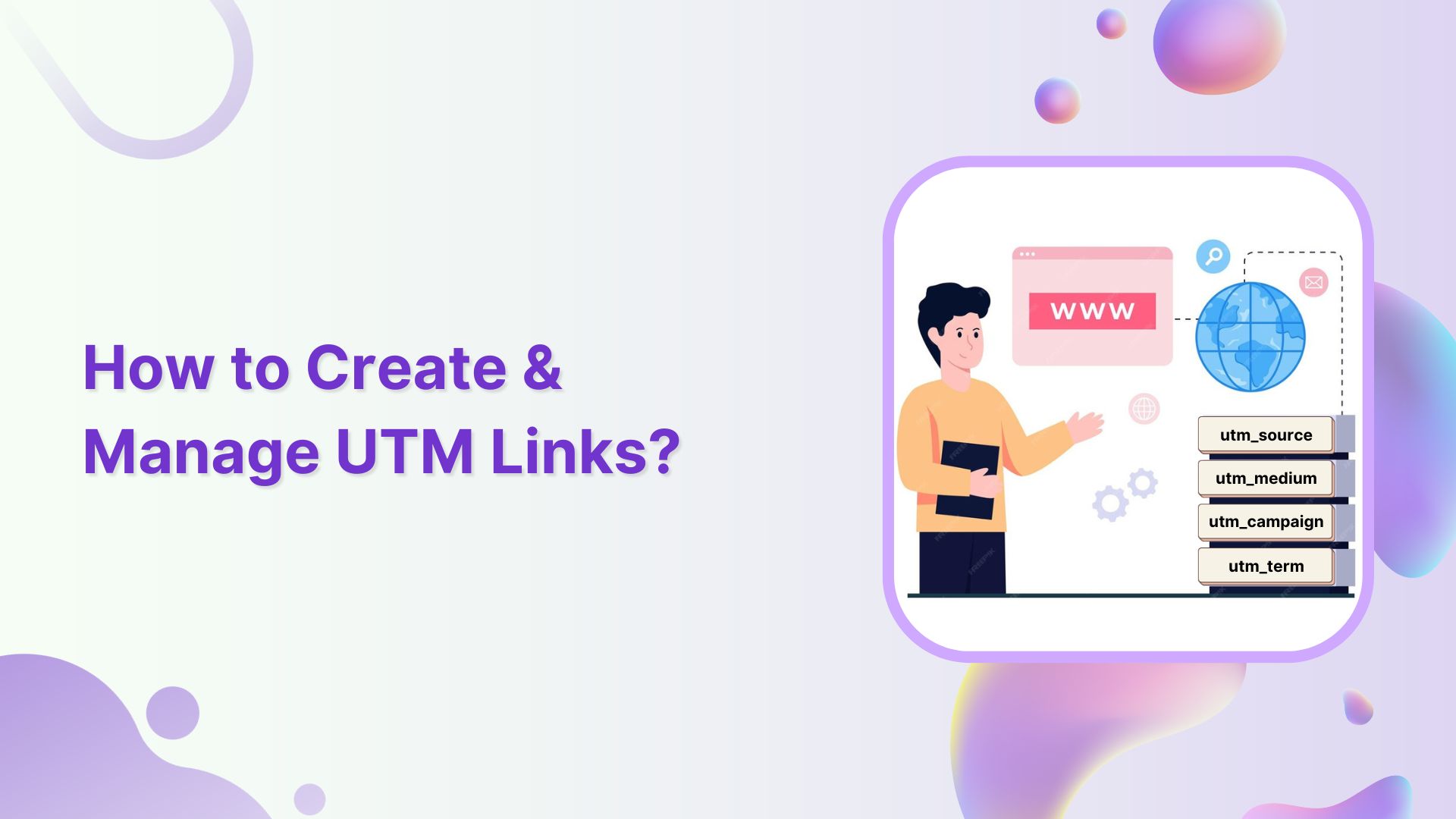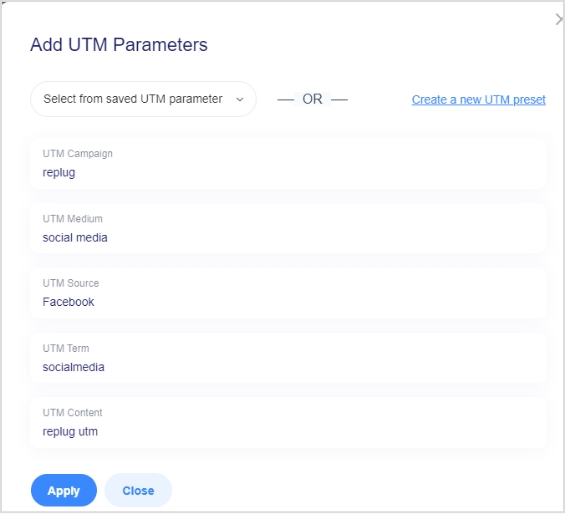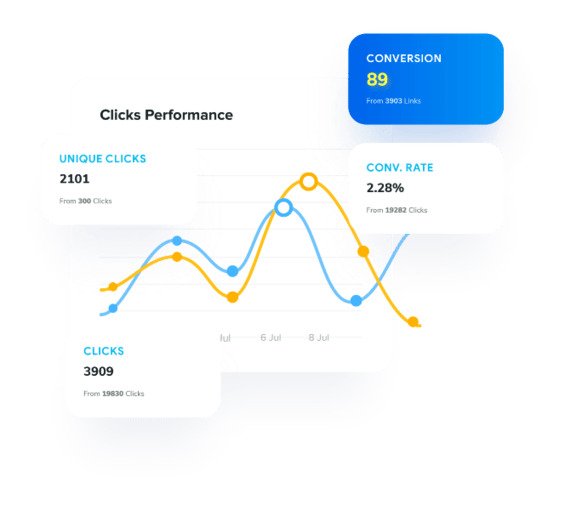It’s no surprise that brands and influencers are eager to find new ways to get eyeballs, grasp attention, and talk to people regardless of the platform.
There are a ton of channels of communication these days, such as social media, newsletters, online ads, TV commercials, billboards, and more.
Social media is a powerful avenue to build awareness, spread the word, and market a product. Statistics report that Facebook has above 3 billion monthly active users, while YouTube has over 2.4 billion, monthly active users – no wonder brands and agencies are trying to dominate social media.
One of the aspects of reaching out to prospects and connecting with the relevant audience is to use the retargeting technique through social media platforms.
Let’s dive deep into what retargeting is and how one can use social media platforms to do retargeting.
What is social media retargeting and its importance in the digital world?
Retargeting is a marketing strategy to remarket a product to the same audience that has previously shown some interest in it.
Have you ever had a chance to see the display ads about the website you visited the other day? It happens to all of us and some of us wonder how this happens – well, now you have the answer.
Social media retargeting is just the same retargeting concept applied to social media networks. Advertisers try to meet, engage, and convert the same visitors who visited them before using social media retargeting campaigns.
Advertisers use retargeting ads on Facebook, Quora, YouTube, and other major social media ad platforms.
Here are the three reasons why it’s important in the digital world:
i. Global reach: Since these social media platforms allow marketers and brands to reach a global audience, social media retargeting has essentially become an important digital marketing tool to remarket a product or service worldwide.
ii. Effective targeting: One of the reasons why social media retargeting is crucial to any digital marketing campaign is that it’s quite effective when it comes to targeting the prospective audience. The ad campaigns without clear targeting are hit-and-miss.
iii. Faster results: Retargeting is essentially remarketing to the audience that has shown some interest in the product before. So, it’s a type of advertising campaign that usually brings quicker outcomes as compared to normal advertising campaigns.
It’s safe to say that social media retargeting is inevitable in today’s digital marketing realm where billions of users log in to multiple social media platforms daily to chit chat, get updates, and connect with loved ones.
How social media retargeting works?
Since everyone uses at least one major social media platform like Facebook, YouTube, or Instagram, it gets easier for brands to reconnect with prospective clients through social media retargeting.
Here’s how social media retargeting works:
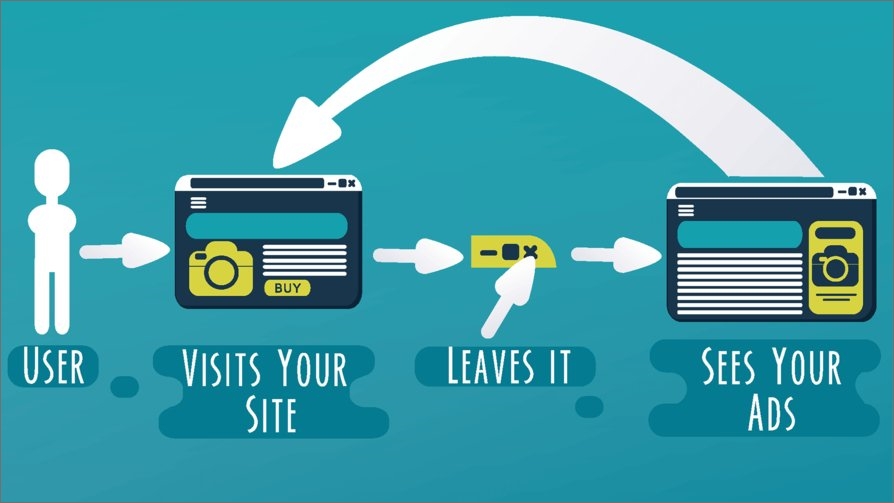
Social media networks provide a piece of code called “pixel” that goes into your website or landing page code that collects data about the user’s behaviors, actions, and performance. Usually, the social media platform guides users on how to insert the pixel code and where to insert it in the website code.
It’s a very effective code for social media platforms to track user actions on the website and helps advertisers retarget those same users on the social media network.
However, it doesn’t collect any sensitive information or user data, such as credit card numbers or passwords. The only purpose of adding a pixel of a social media network is to help the advertiser/brand retarget the audience through a social media retargeting ad campaign.
Best tool for retargeting on social media platforms
Retargeting on social media with Replug
Link Management Made Easy
Your go to link management tool for CTAs, branded and bio links, QR Codes, tracking and retargeting.
Get Started for FREE!
Replug is an excellent URL management tool that offers several link management services, such as URL shortening, deep links, bio links, retargeting, A/B testing, and QR codes.
When it comes to retargeting on social media, Replug can come in handy. It helps users retarget their audiences across different social media networks, such as Facebook, Twitter, LinkedIn, Pinterest, TikTok, Quora, and Google. Besides, it also has a custom option for using a customized pixel.
Social media retargeting benefits with Replug

Social media retargeting offers several benefits for businesses looking to maximize their marketing efforts. While, Replug enhances the benefits of social media retargeting by providing robust tools and features to reach target audiences, drive conversions, and maximize marketing effectiveness.
1. Increased conversion rates:
Replug’s retargeting capabilities enable businesses to reconnect with users who have engaged with their shared links. By targeting these already interested users, businesses can boost conversion rates effectively.
2. Enhanced brand recall:
Reinforces brand awareness and recognition among potential customers with retargeting. This increases the likelihood of users remembering the brand when they are ready to make a purchase decision.
3. Personalized advertising:
Empower businesses to deliver personalized ads to users based on their previous link interactions. This personalized approach enhances engagement and conversion rates by catering to users’ specific interests and behaviors.
4. Cost-effective marketing:
Replug’s retargeting options optimize advertising spending by targeting users who are more likely to convert. This results in higher ROI and more efficient allocation of marketing budgets.
5. Reduced cart abandonment:
Many users abandon their carts before completing a purchase. Running retargeting campaigns with Replug can remind these users about the products they showed interest in, encouraging them to return to complete their purchase.
6. Cross-selling and up-selling opportunities:
Running retargeting campaigns can also be used to promote related or complementary products to users based on their previous purchases or browsing history. This presents opportunities to increase the average order value and maximize revenue.
7. Improved customer engagement:
By delivering relevant and timely ads, businesses can keep their brand top-of-mind and engage users throughout their customer journey. This ongoing interaction fosters stronger relationships with customers and encourages repeat purchases.
8. Measurable results:
Replug provides comprehensive analytics and tracking capabilities, allowing businesses to monitor the performance of their retargeting campaigns in real-time. This data-driven approach enables businesses to optimize their campaigns for better results.
Top 3 social media retargeting strategies

It’s always best to know the top priorities when it comes to the application of a marketing tactic. Here are the three social media retargeting strategies every marketer should know:
1. Target a specific audience
Creating an ad campaign tailored toward a specific audience is always better than shooting in the dark. One of the essential retargeting strategies a marketer can apply is to handpick a segment of the audience and serve them specific ads with a goal in mind.
Since retargeting does ensure that the ad shows to the specific audience, the offer must also be inclined toward the desire of the target audience.
For instance, if you’re retargeting the audience that has clicked on your accounting software page, you can create a limited-time discount offer on the very software for the specific audience to make a purchase. Now you can create a landing page for the offer and retarget the same audience to showcase the offer.
2. Retarget on multiple social media platforms
One of the easy wins when it comes to social media retargeting is that one should remarket across different social media platforms. If you’re using multiple social media platforms to share your content, interact with your followers, and build a community, then you must retarget the audience on all those platforms.
If you settle for just one social media platform like Facebook even when you have a decent number of followers on LinkedIn and Instagram, then you’d probably be missing out on a lot of sales and marketing opportunities.
3. Track campaign performance
Tracking is crucial to understanding user behavior, audience demographics, ad creative quality, and audience buying power. A reliable tracking system would enable advertisers to improve their campaigns going forward.
There can be different types of campaign tracking, such as URL tracking, heatmaps, conversion, etc – so, it’s up to the brand/advertiser that is launching the retargeting campaign.
For instance, if you’re tracking URL clickability, then you can use Replug to set up a branded short URL retargeting campaign using the method mentioned earlier in this article. The analytics section will keep you updated with all the statistics on the URLs in your retargeting campaign.
Remember that there is a whole heap of other retargeting strategies that can be implemented when running a social media retargeting campaign. However, the above-mentioned ones are the most fundamental yet meaningful.
Social media retargeting examples
Let’s take a look at a couple of social media retargeting examples that we came across:
1. OrangeHost is retargeting visitors on Instagram
OrangeHost is one of the most affordable web hosting services on the market. This hosting company uses a retargeting marketing strategy.
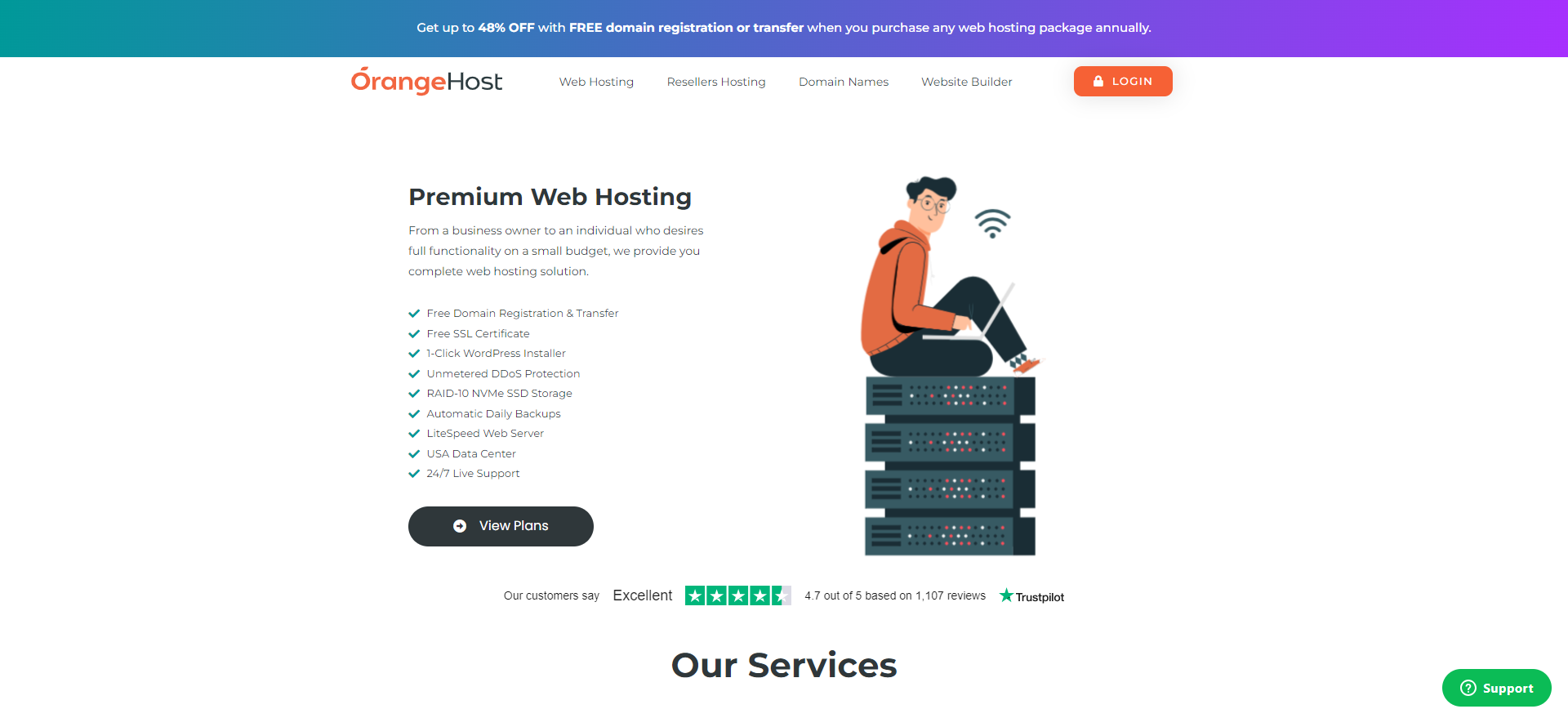
When a visitor lands on their website to go through the web hosting plans, the chances are that this person is going to see this Instagram ad at some point.

It’s a retargeting Instagram ad of OrangeHost – trying to convert their website visitors into paying customers.
Interesting, right?
2. Envato Elements is remarketing the audience on YouTube
Envato Elements is a creative marketplace that provides designers and creators with stock videos, photos, elements, icons, and much more.
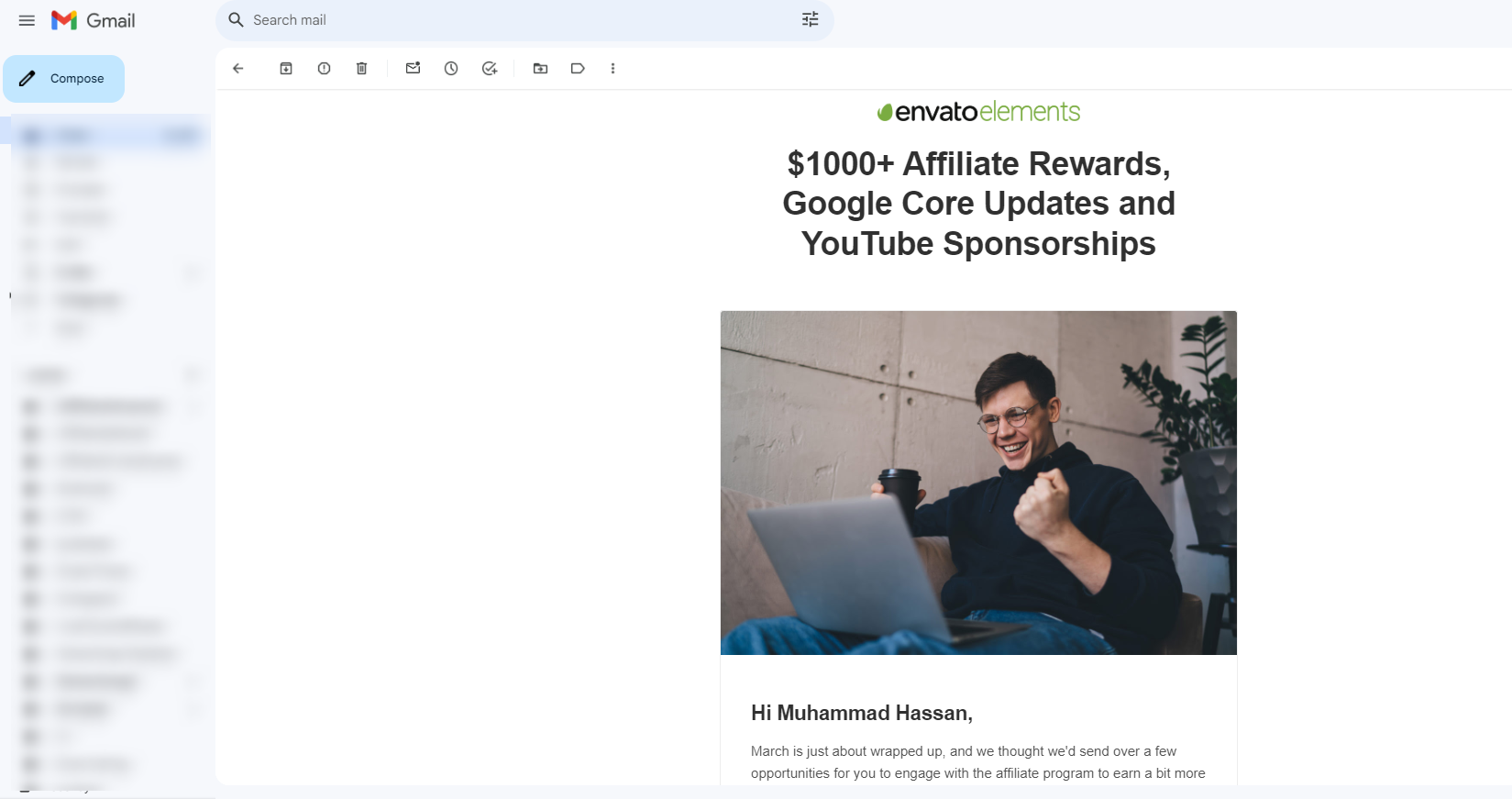
They also send out email newsletters to the members and affiliates. After opening one of their recent email newsletters, we now see their ads on YouTube.

It seems like there is a retargeting campaigns is in place.
Social media retargeting: Success stories
Here are the few social media retargeting success stories worth mentioning:
1. Vedia works with Criteo to increase sales
Vedia has successfully implemented a social media retargeting strategy by utilizing Criteo’s programmatic technology to expand its customer base on Facebook, resulting in a 15% increase in overall sales across various campaigns.
By leveraging Criteo’s extensive network of publishing partners and integrating with Facebook, Vedia gained insights into buyers’ entire journey, spanning from discovery to purchase.
It’s been learned that it not only widened Vedia’s reach along the purchase path but also reduced campaign cost per order (CPO) by nearly 20% and cost of sale (COS) by 7%.
2. Madewell customizes ads to convert the audience
Madewell is one of those advertisers that effectively utilizes Facebook retargeting to reconnect with website visitors and entice them to make purchases.
By tailoring remarketing ad campaigns on social media platforms and in-lining them with user’s behavior on their site, this company enhances the shopping experience for users, presenting them with a curated selection of items.
This retargeting advertising strategy moves the needle for Madewell, encouraging customers to make a purchase.
3. Expedia uses FOMO to push prospects to take action
Expedia is a top-tier travel and booking platform that operates in multiple countries and territories.
It’s been learned that they target the Facebook audience that is looking for destinations, flights, and hotels.
They smartly create Facebook ad campaigns around “last minute deals” and choose CTA phrases like “Book Now” to attract the audience that might be traveling soon.
Not only do they get a chance to meet the right audience for their product, but they also use the urgency factor to convert the prospects into customers.
There are hundreds of examples of brands that are successfully implementing social media retargeting campaigns on different social media platforms.
Let’s conclude: Ready to retarget visitors who click on your short links?
Social media marketing continues to evolve. The social media ad platforms are changing for the better. New social media monetization opportunities are popping up. More and more people are embracing social media. No wonder it’s an interesting time to be alive.
Since marketing is a crucial element of social media, brands, organizations, and agencies are trying to scratch the surface of social media platforms to create their dominance against competition.
Social media retargeting is a widely used engagement strategy by brands, influencers, and marketers. The purpose of discussing retargeting is to enlighten you with this opportunity to remarket your offer to prospects on social media.
Replug is used by thousands of users worldwide for URL shortening, so they must understand how valuable the clicks on their shortened URLs are.
Social media retargeting using the power of Replug allows users to re-engage the audience that clicked on your short URLs and present them with an offer they can’t refuse.
Moreover, the link analytics section gives you insights into your short URL performance. It’s safe to say that measuring clicks, unique clicks, total conversions, and conversion rates has never been this easy.
While it seems like Replug is just a URL shortener, it does offer several features, such as bio links, deep links, and A/B testing – it’s a complete URL tracking package for marketers, businesses, influencers, and entrepreneurs. Try it for free!
FAQs about social media retargeting
Let’s answer some of the burning questions about social media retargeting:
What is the difference between targeting and retargeting?
The difference between targeting and retargeting is that when you’re targeting an audience, you’re trying to reach a new audience that hasn’t heard about you before. Whereas when you retarget, you’re trying to connect with the audience that has visited your website or landing page before.
Is retargeting an SEO technique?
Retargeting isn’t an SEO technique. Instead, it’s more of an online advertising technique used by advertisers and marketers to reach the audience that has shown some interest in the product or service before. So, the retargeting campaign ensures remarketing your product or service to the same audience and brings them on board with the conversion.
What is the first step of retargeting?
The first step of retargeting is to identify the target audience, meaning figuring out who your audience is and where they exist. Once identified, you can create a retargeting strategy to reach out to them and offer them something they might be interested in.
What are retargeted ads?
Retargeting ads are a type of ad campaign intended for the audience that has visited your website or landing page before but never took any action.
How to do retargeting ads on Instagram?
Retargeting ads on Instagram can be run through your Facebook ads account. All you need is to set up your Facebook Pixel on your website or landing page and then create a retargeting ad campaign through Facebook and choose the Instagram platform for targeting the audience.






























